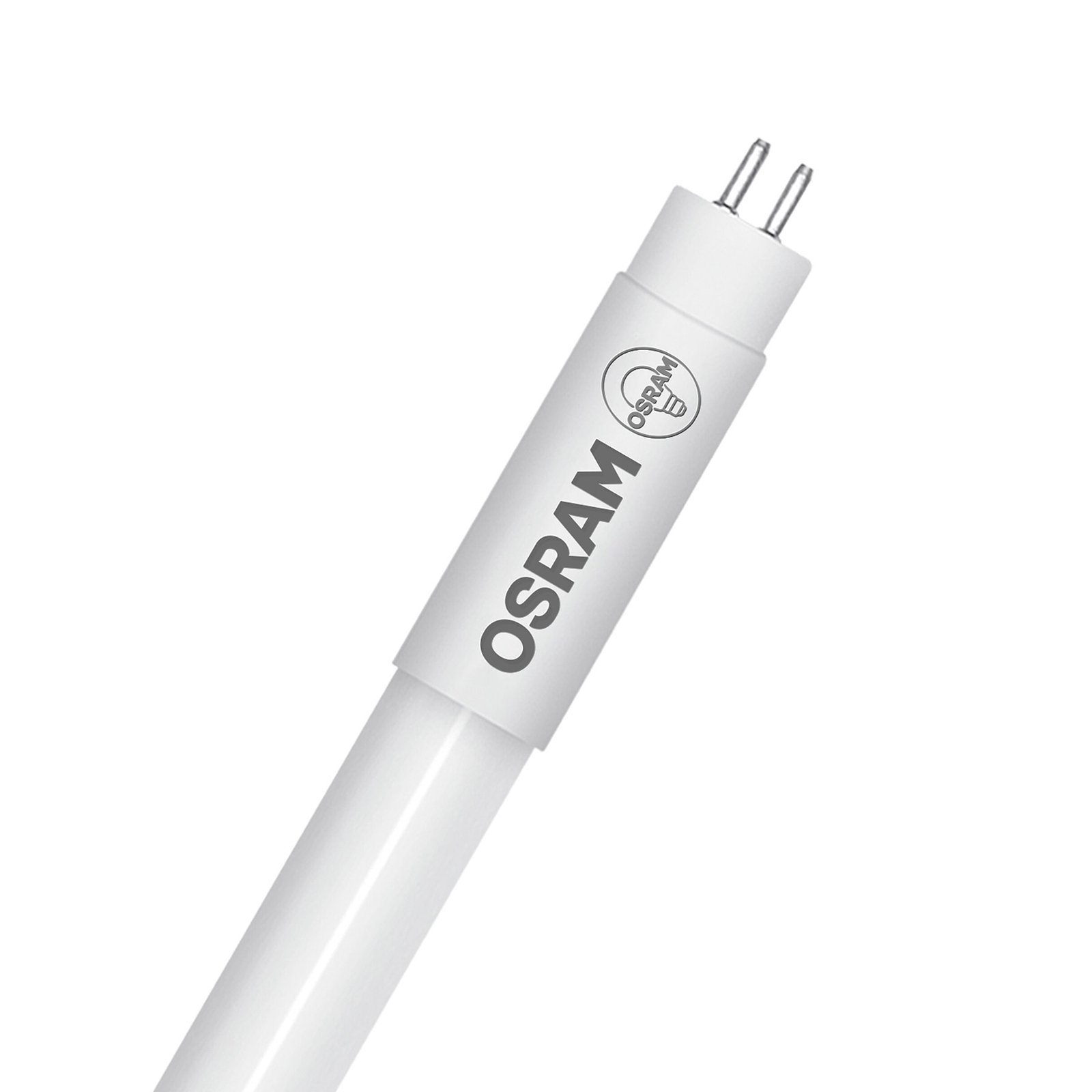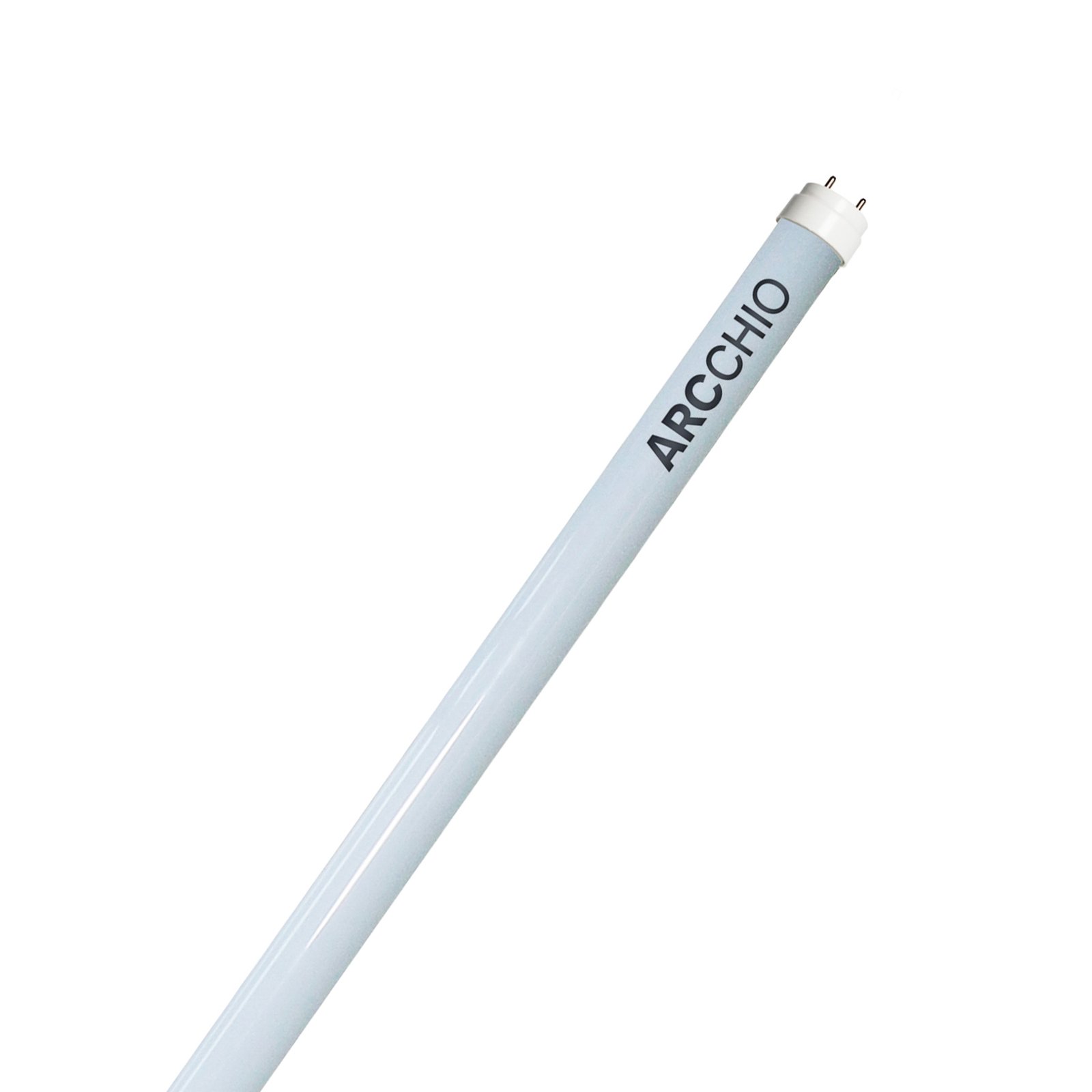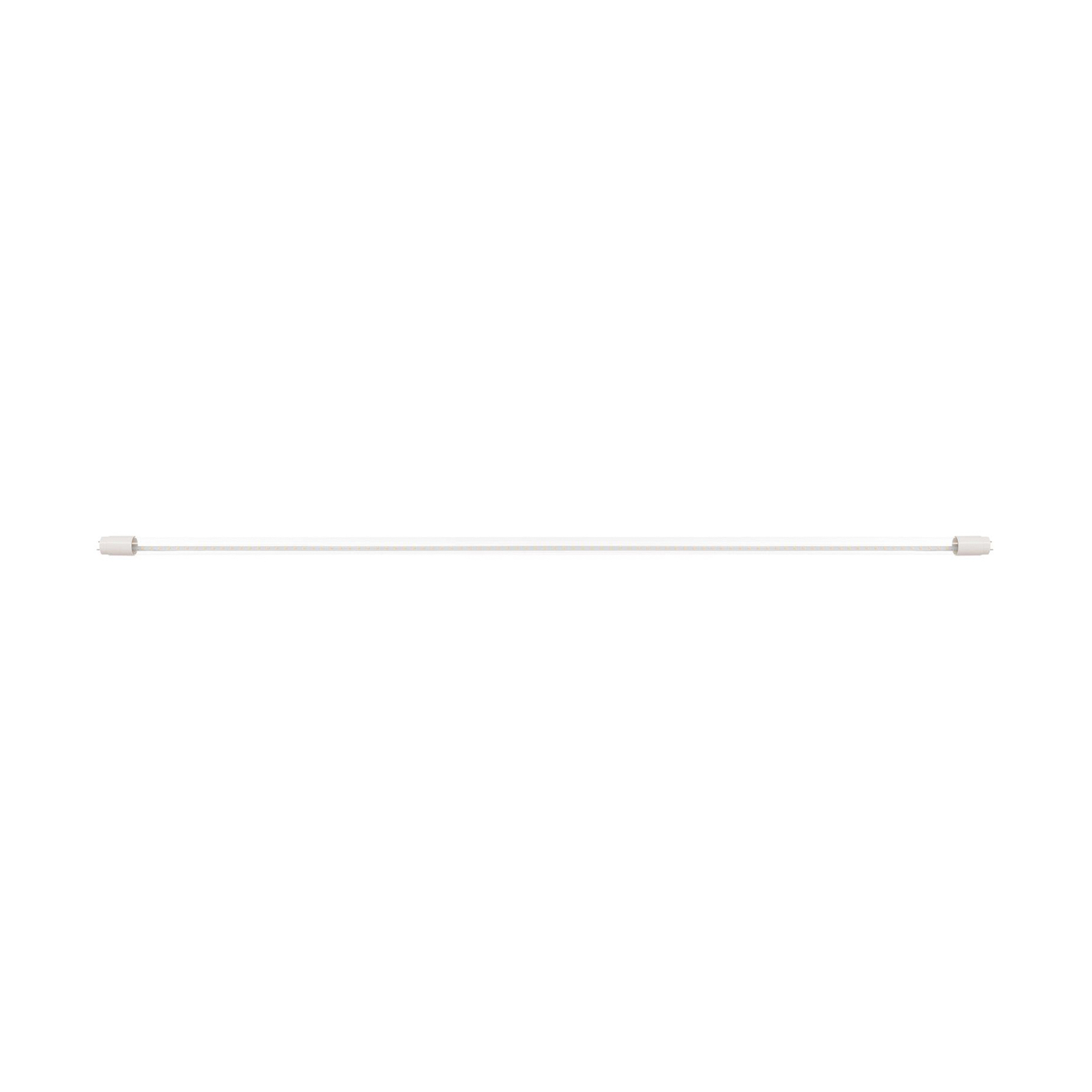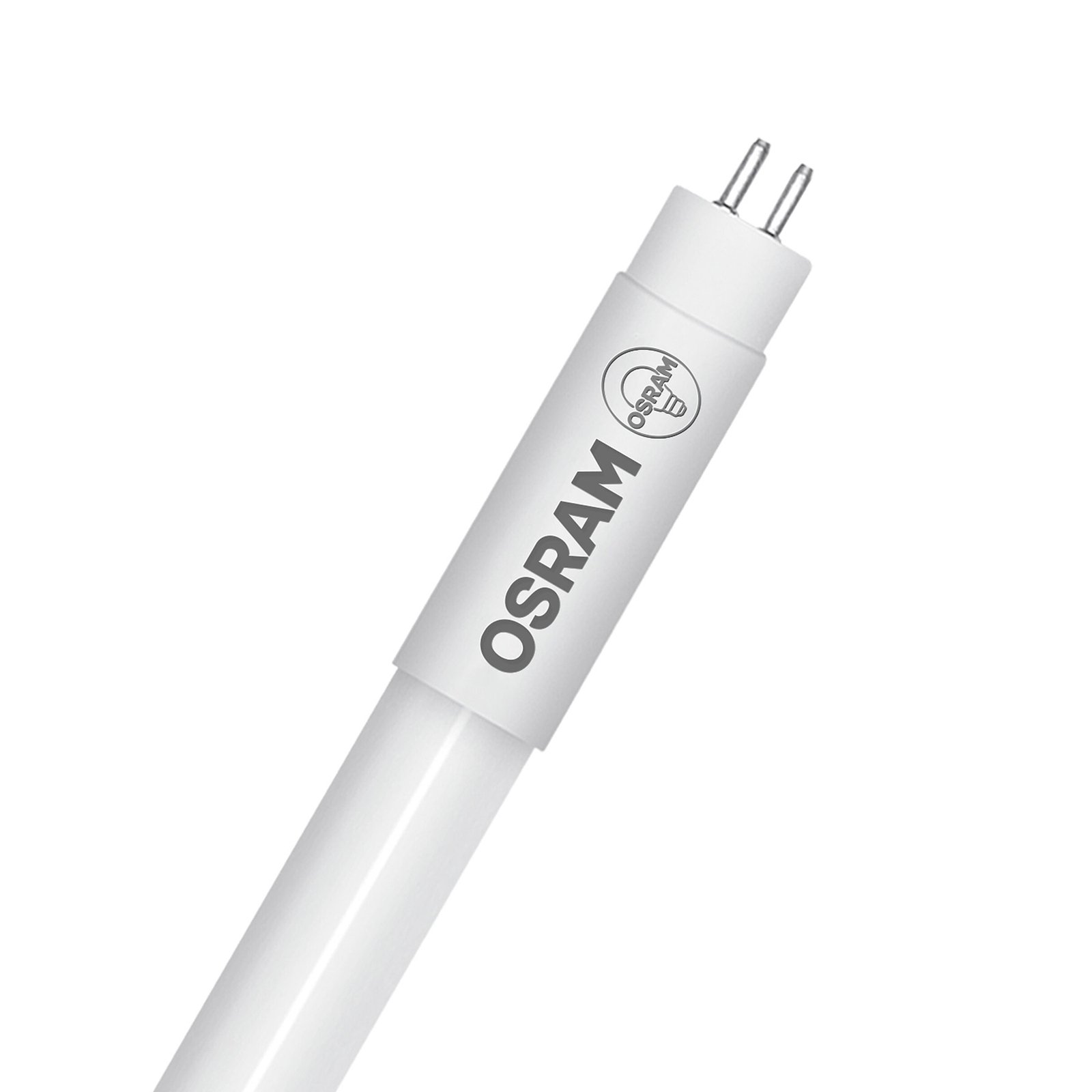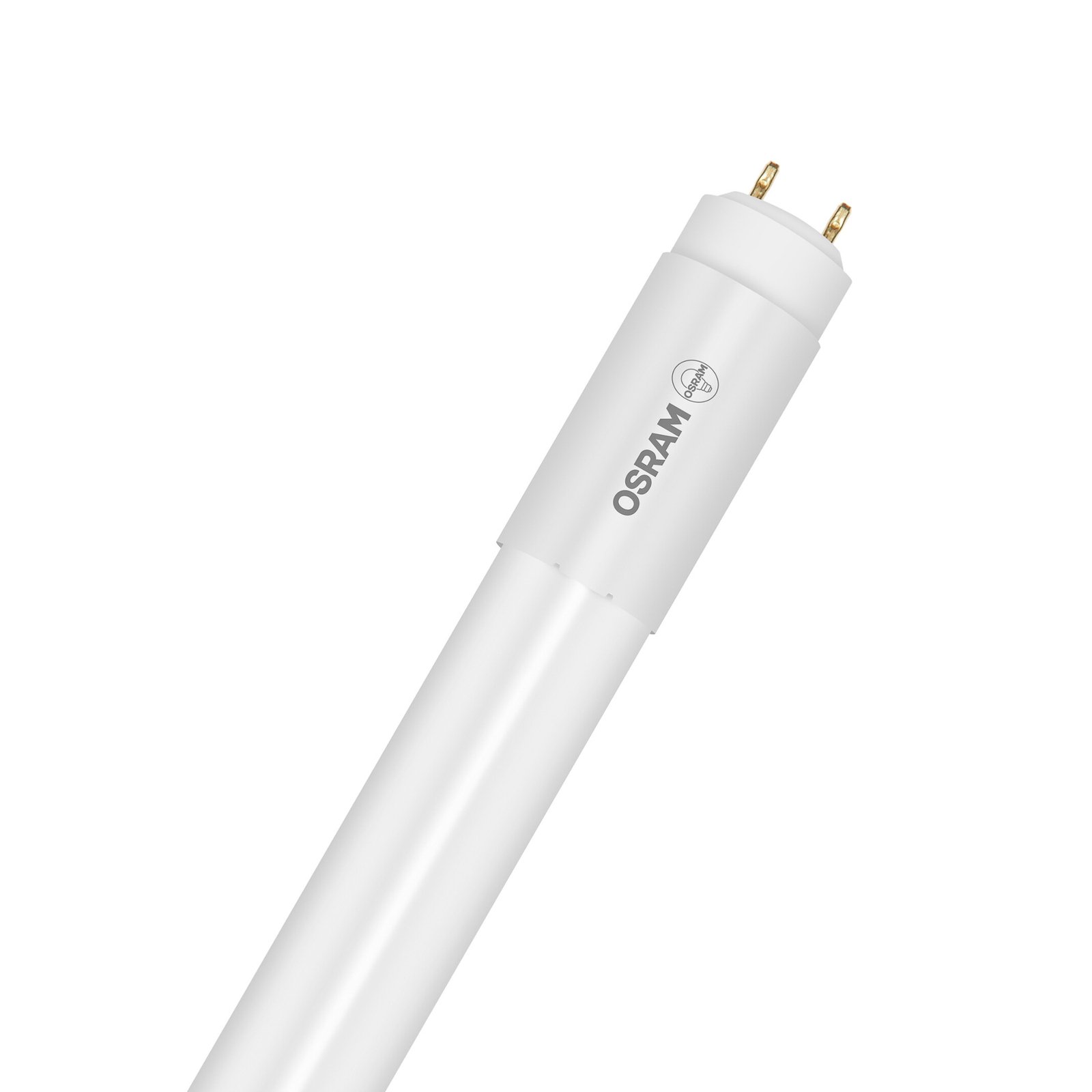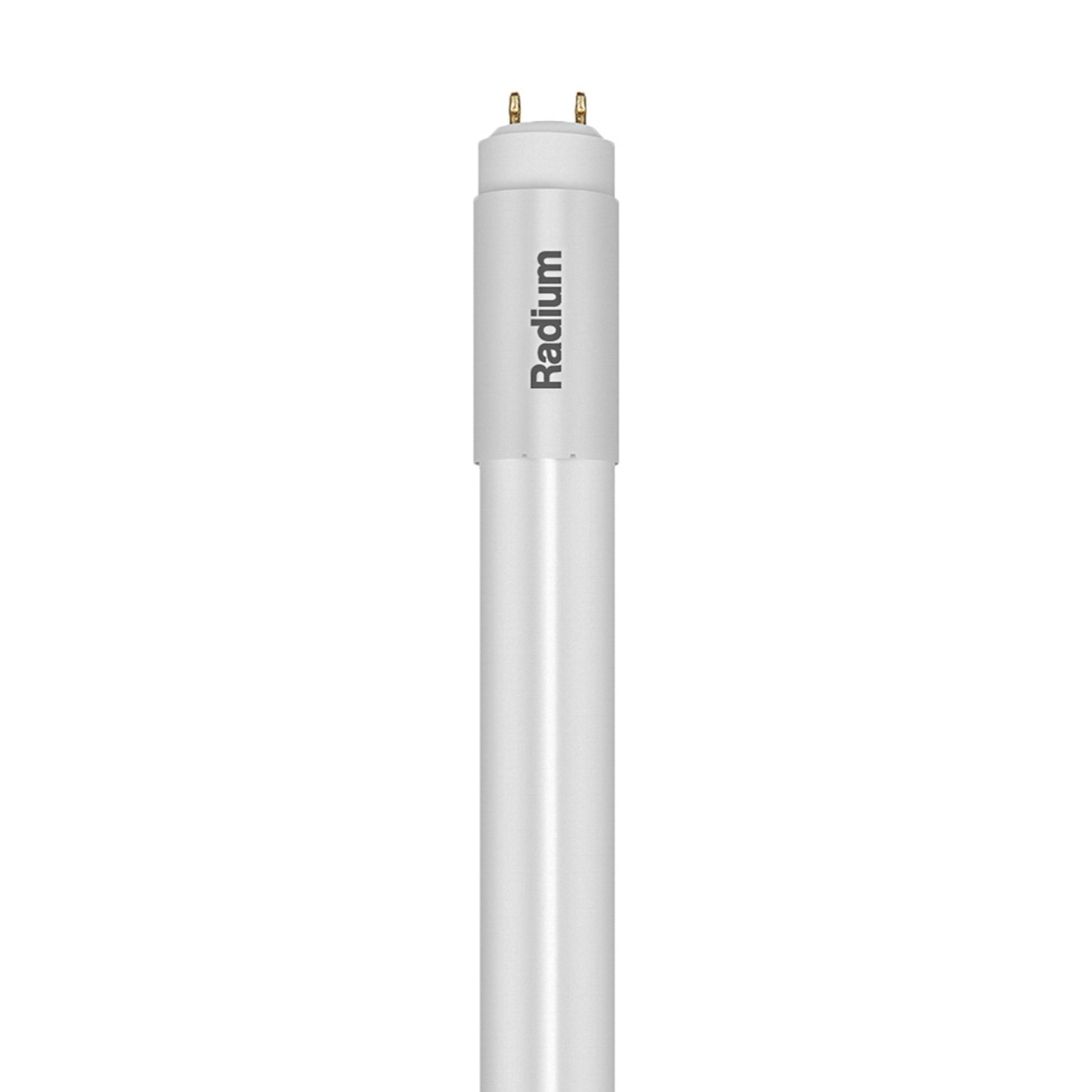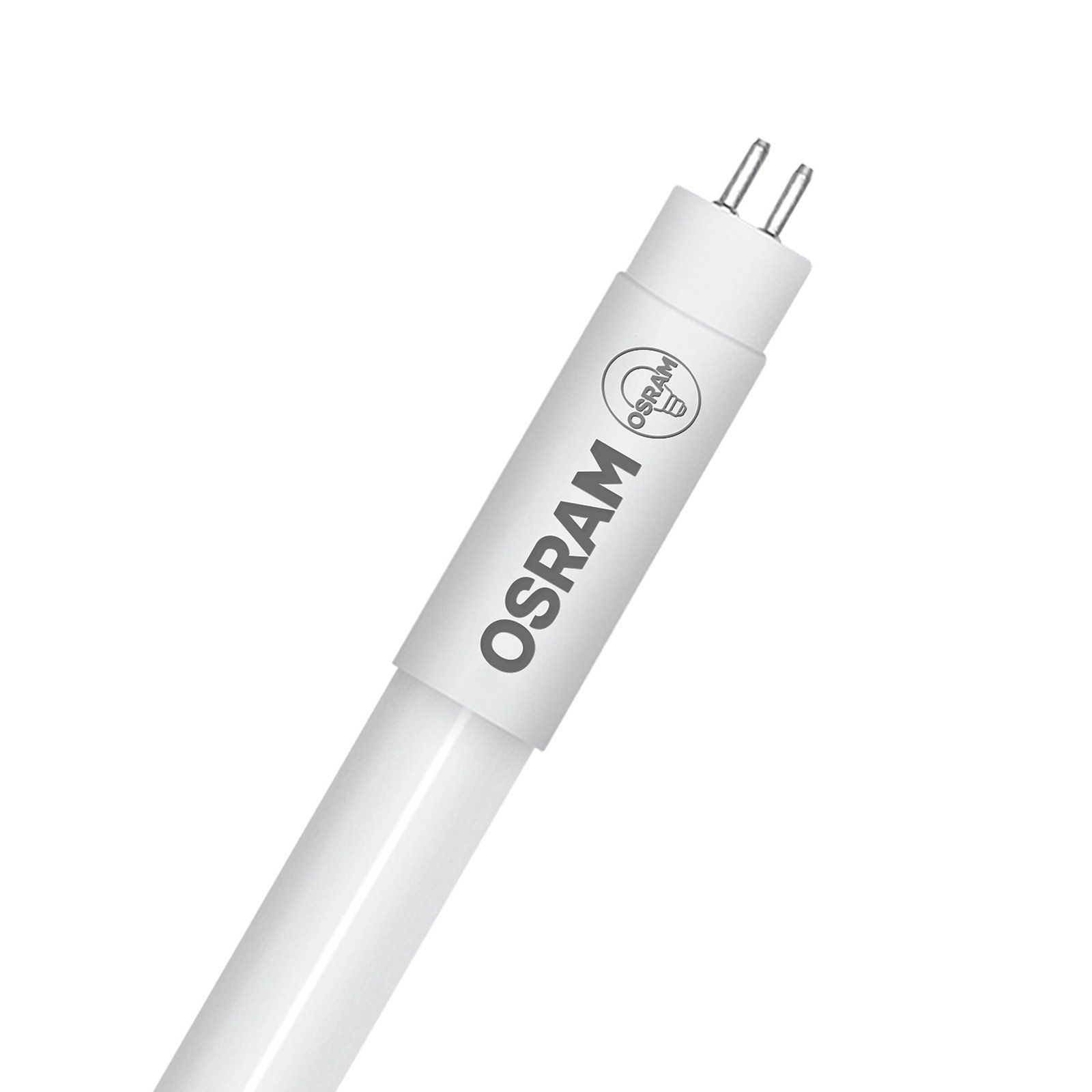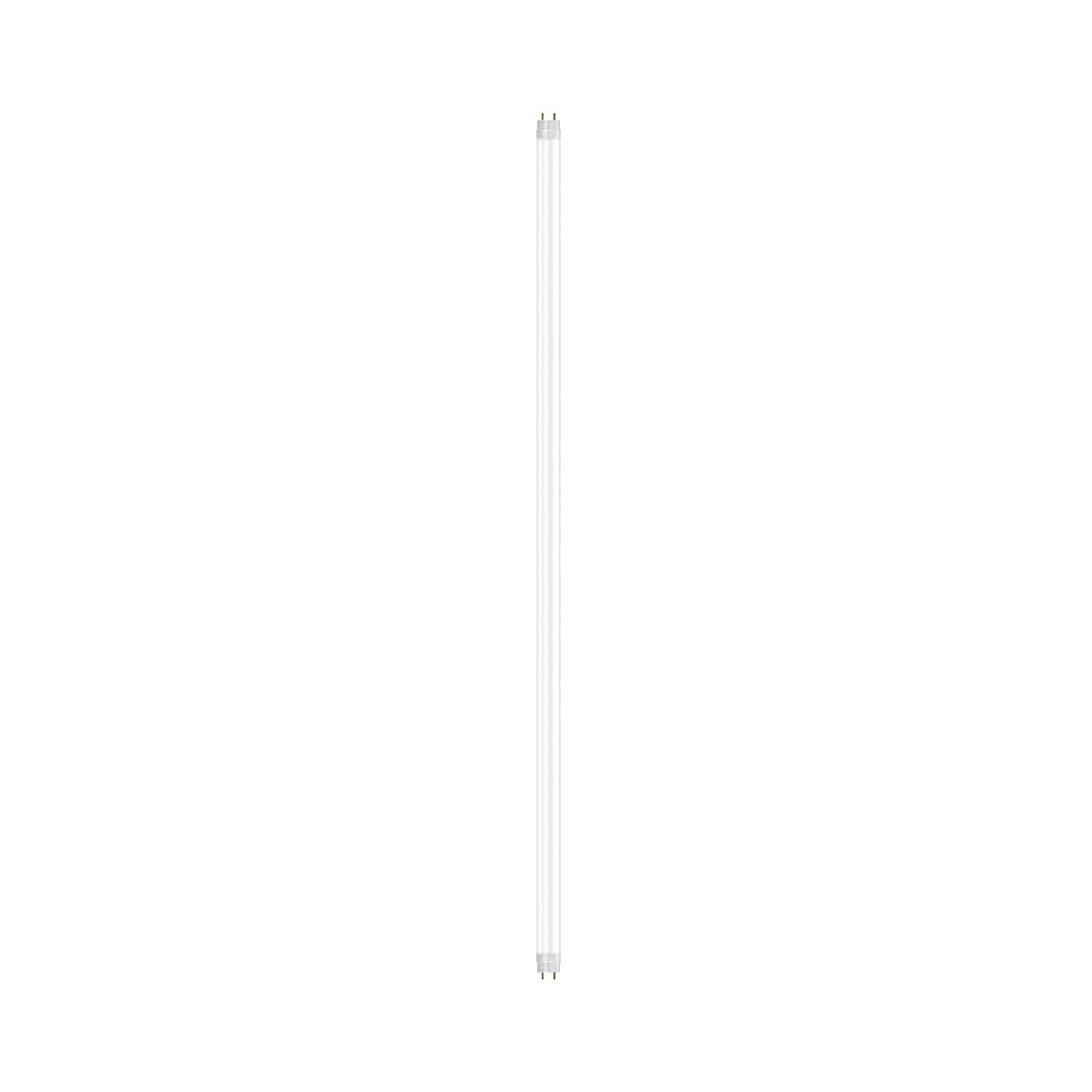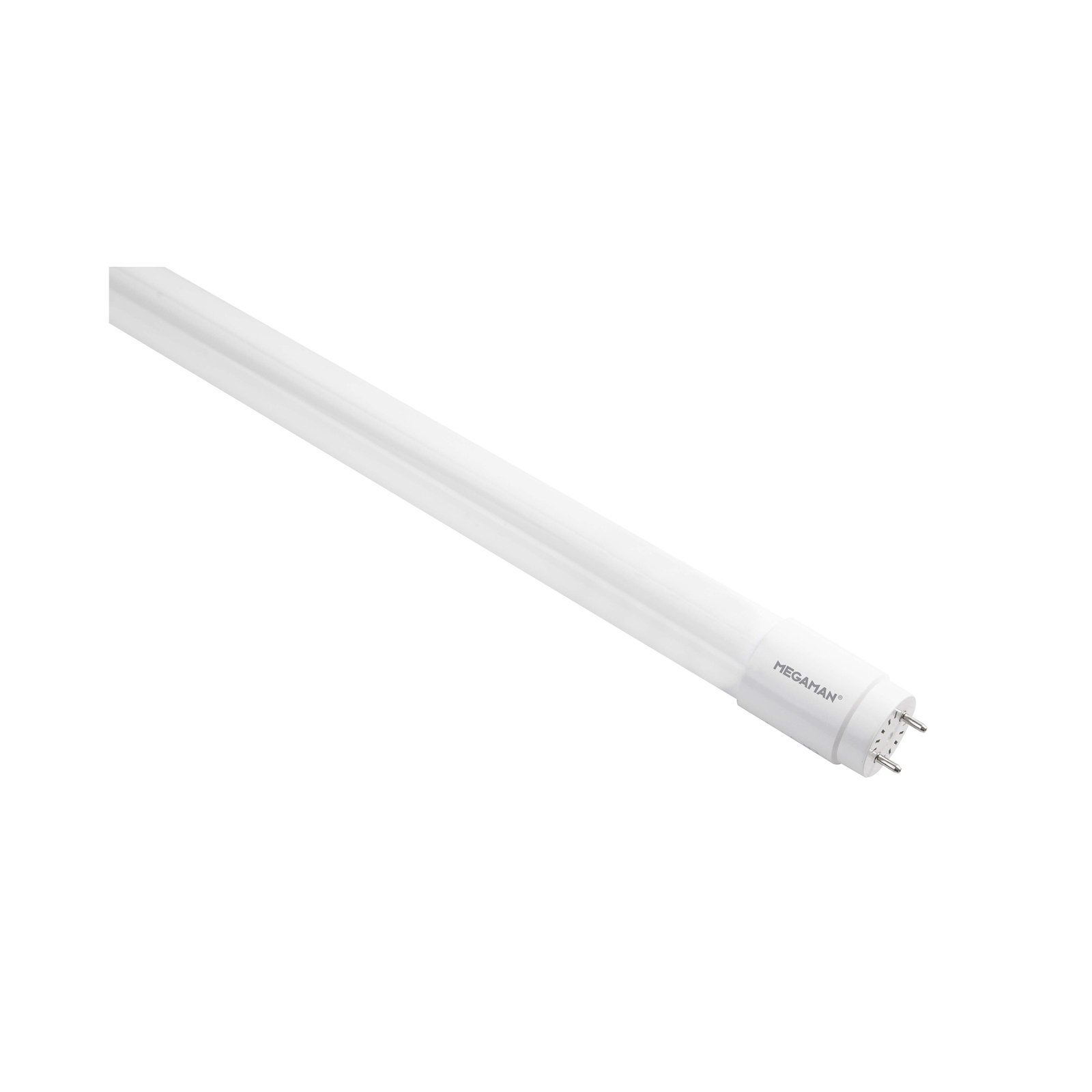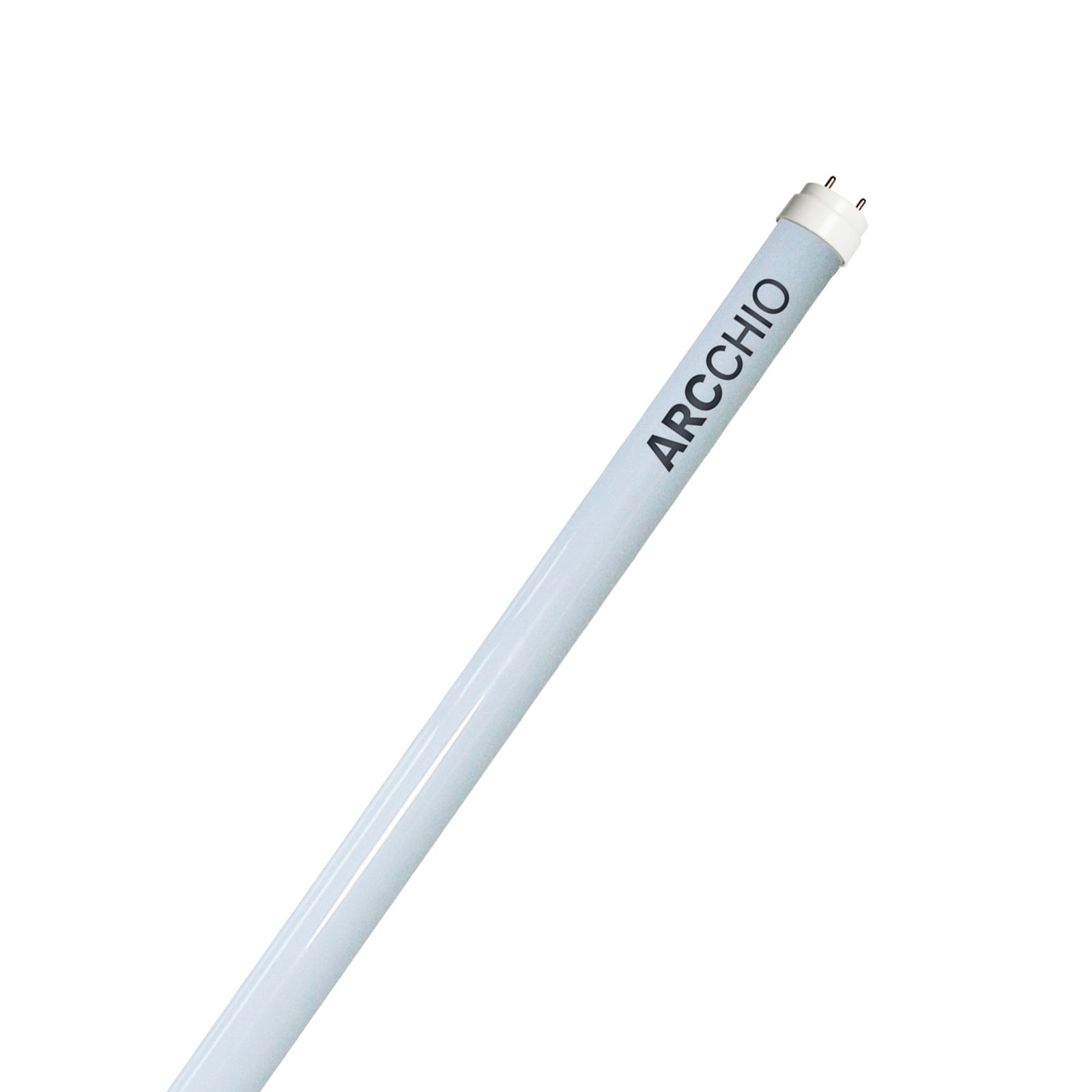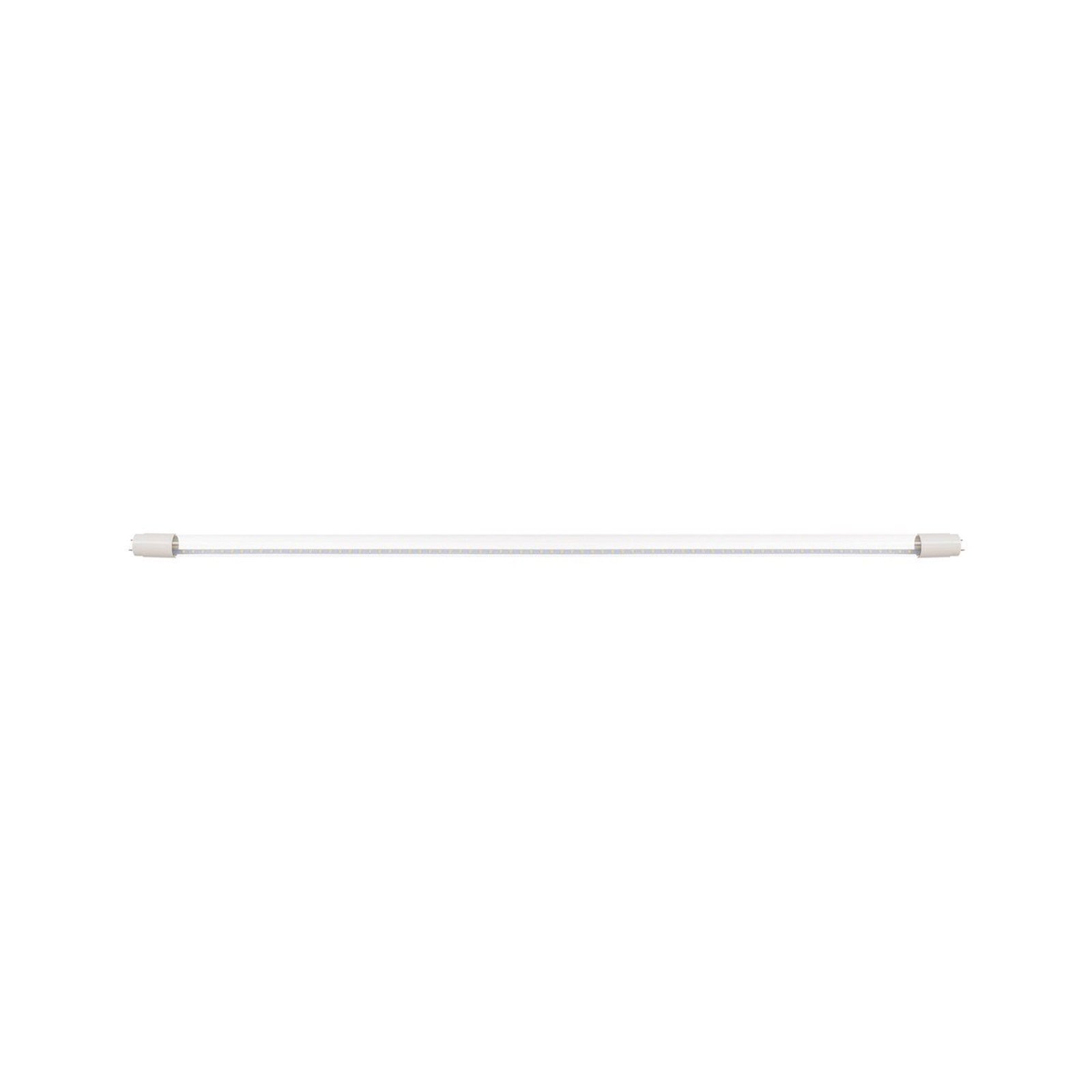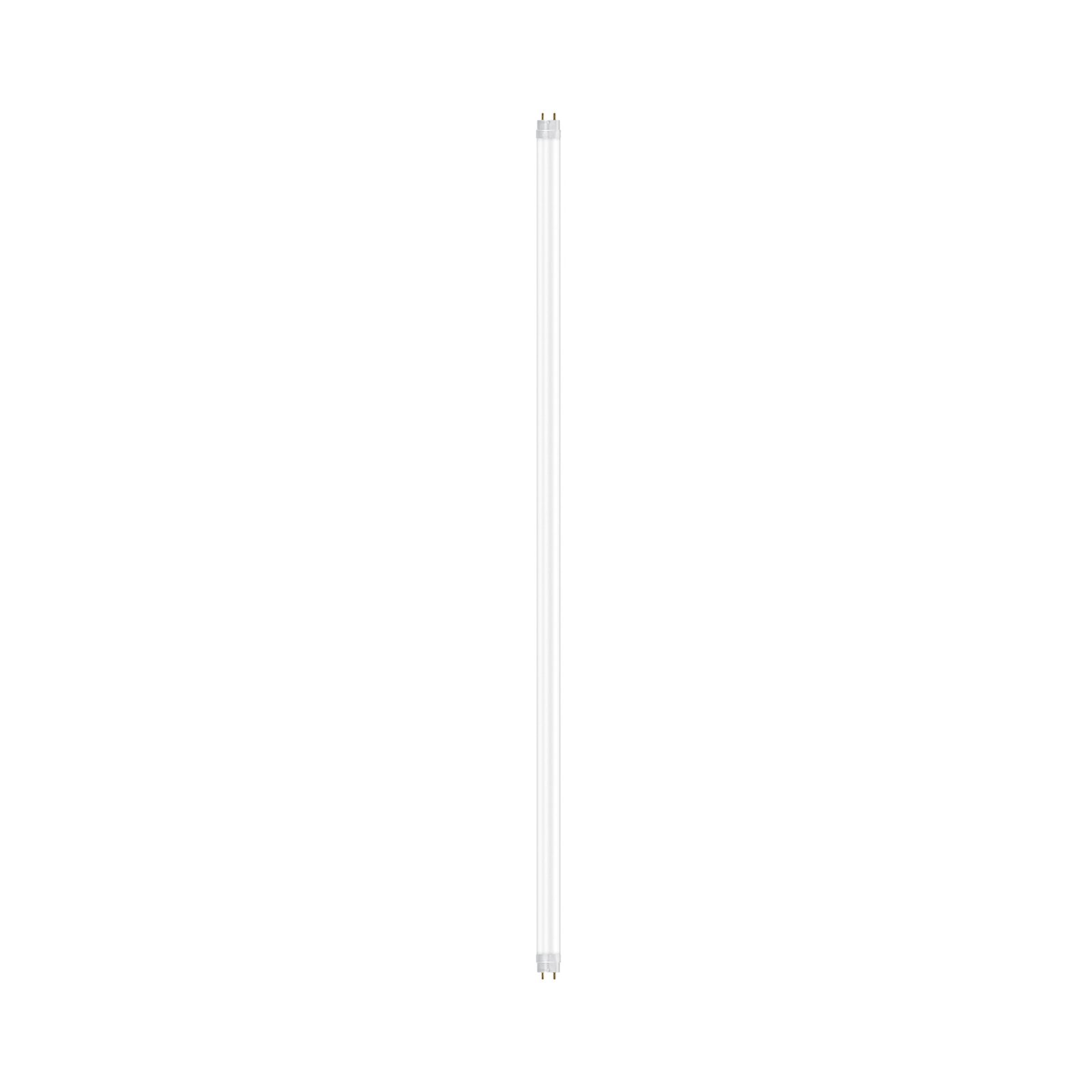- 50 days free returns
- Rated “Great” on Trustpilot
- The UK's largest selection of brands
LED tubes / LED tubes
The contemporary alternative to fluorescent lampsWhat are LED tubes and LED tubes?
The term LED tube or LED tube is used to summarise all LED lamps that replace conventional fluorescent lamps. These are primarily:
- T5 G5 lamps with a pin spacing of 5 mm and a tube diameter of 16 mm
- T8 G13 lamps with a pin spacing of 13 mm and a tube diameter of 26 mm
The length of the LED tubes also differs from that of classic fluorescent lamps. Standard lengths are 60, 90, 120 and 150 cm.
:format(jpeg))
Why is it worth switching to LED tubes?
The switch to LED lighting technology brings several advantages, which are particularly evident depending on the location:
- Reduced energy consumption
- High switching strength
- Long service life
- Full light output immediately
:format(jpeg))
In utility rooms, you benefit from the fact that you hardly ever have to replace the light source.
:format(jpeg))
High switching stability and immediate full light output prove their worth in the bathroom, for example.
:format(jpeg))
The lower energy consumption is particularly economical for commercial use.
How can I convert to an LED tube?
Choosing the right LED tube requires a scrutinising look:
- the appropriate base, e.g. T8 G13
- the appropriate length, e.g. 120 cm
- the appropriate brightness, e.g. 2,400 lumens
- the appropriate light colour, e.g. daylight (6,500 Kelvin)
Further information on selecting the right LED tube:
As LED tubes have a higher luminous efficacy of around 100 lumens per watt, the lumen\ value is decisive for the brightness specification. If you are still calculating in watts, pay attention to the comparative value specified for each light source.
When buying an LED tube, it is also crucial to choose the right light colour for the place of use. One uses:
- Warm white (<3,300 Kelvin) for living spaces, e.g. in designer luminaires with tube socket
- Universal white (3,300 - 5,300 Kelvin) for corridors, kitchens and all work and hobby rooms
- Daylight (>5,300 Kelvin) in storage and utility rooms as well as stairwells and garages
The type of ballast with which the LED tube may be operated is also crucial. This differs from LED tube to LED tube, which is why it is always necessary to check in the article details whether the light source is compatible.
For example, plug-and-play solutions designed for operation on electronic ballasts can be installed on electronic ballasts in a matter of minutes without rewiring. Other light sources are suitable for operation on low-loss ballasts (VVG), conventional ballasts (KVG) or 230V mains voltage or are compatible with all three ballasts simultaneously. If in doubt, it is worth asking our specialist advice.
By the way: Due to its mercury content, the old fluorescent lamp must be taken to a hazardous waste collection centre and must not be disposed of with household waste. An LED tube is considered electronic waste when it is replaced and must also be handed in.
:format(jpeg))
Which LED tube is used …
:format(jpeg))
… depends on the luminaire installed and the application location.
The strike-through prices correspond to the manufacturer's RRP.
All prices include 20% VAT, delivery costs excluded.




































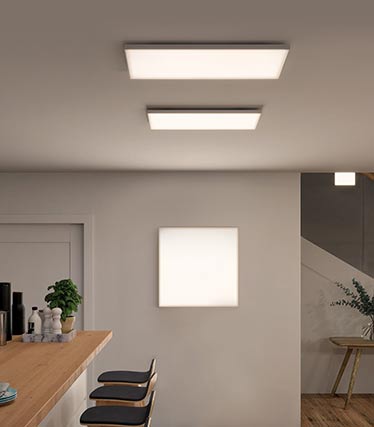









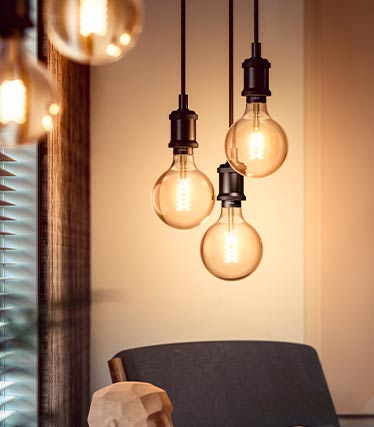








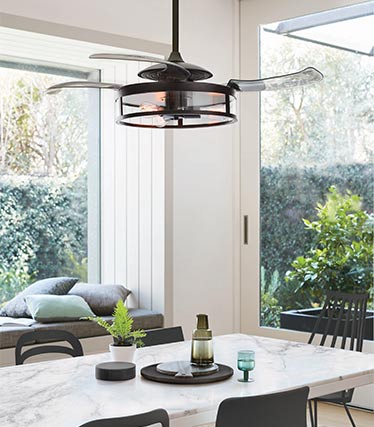

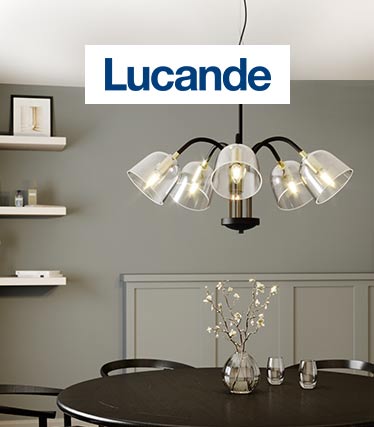




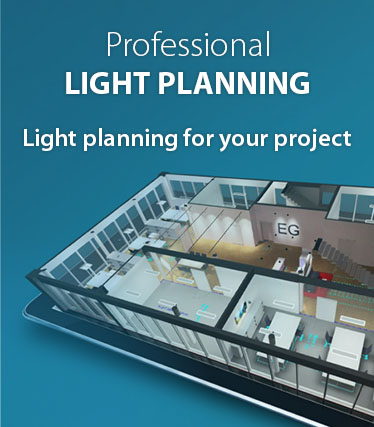






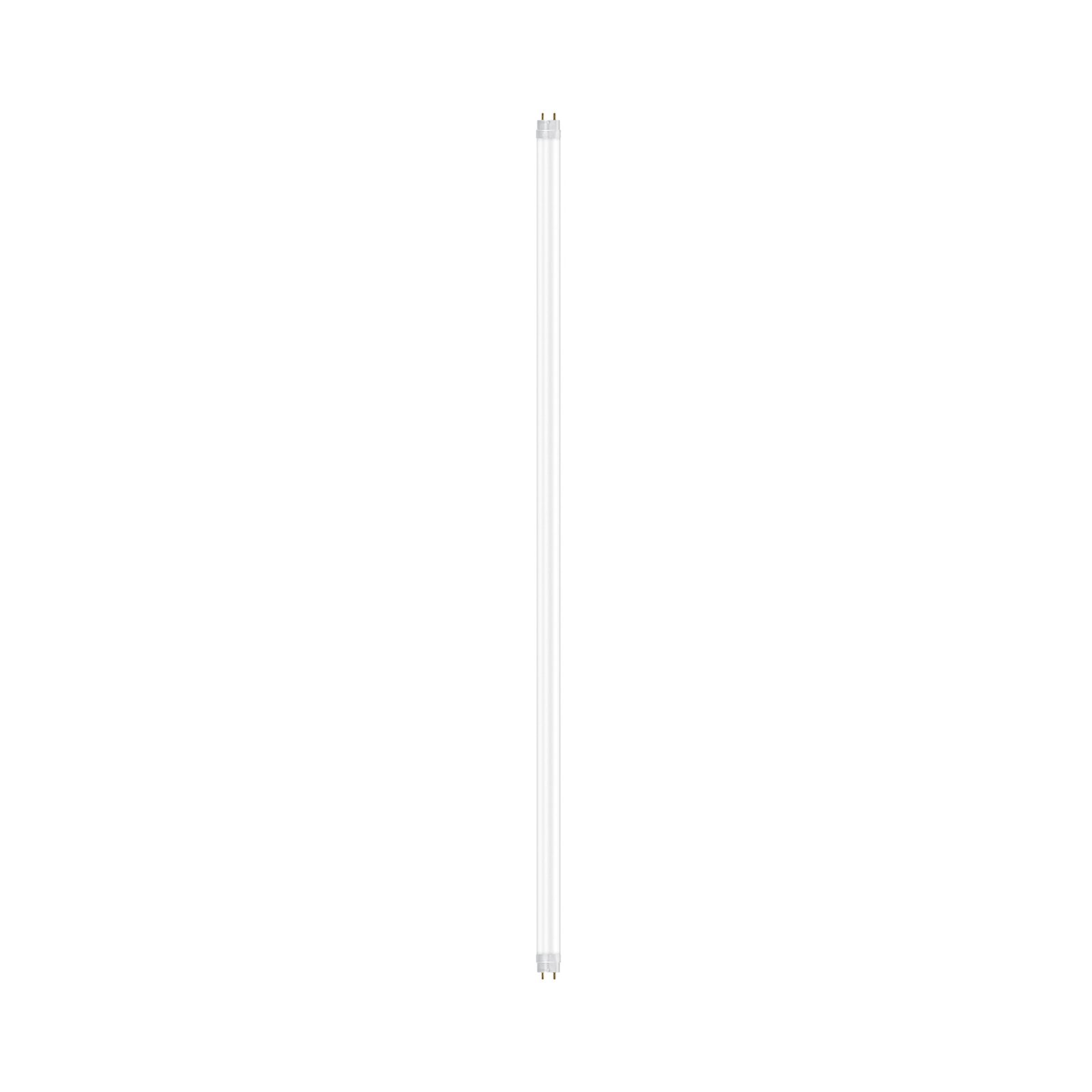

:format(jpeg))

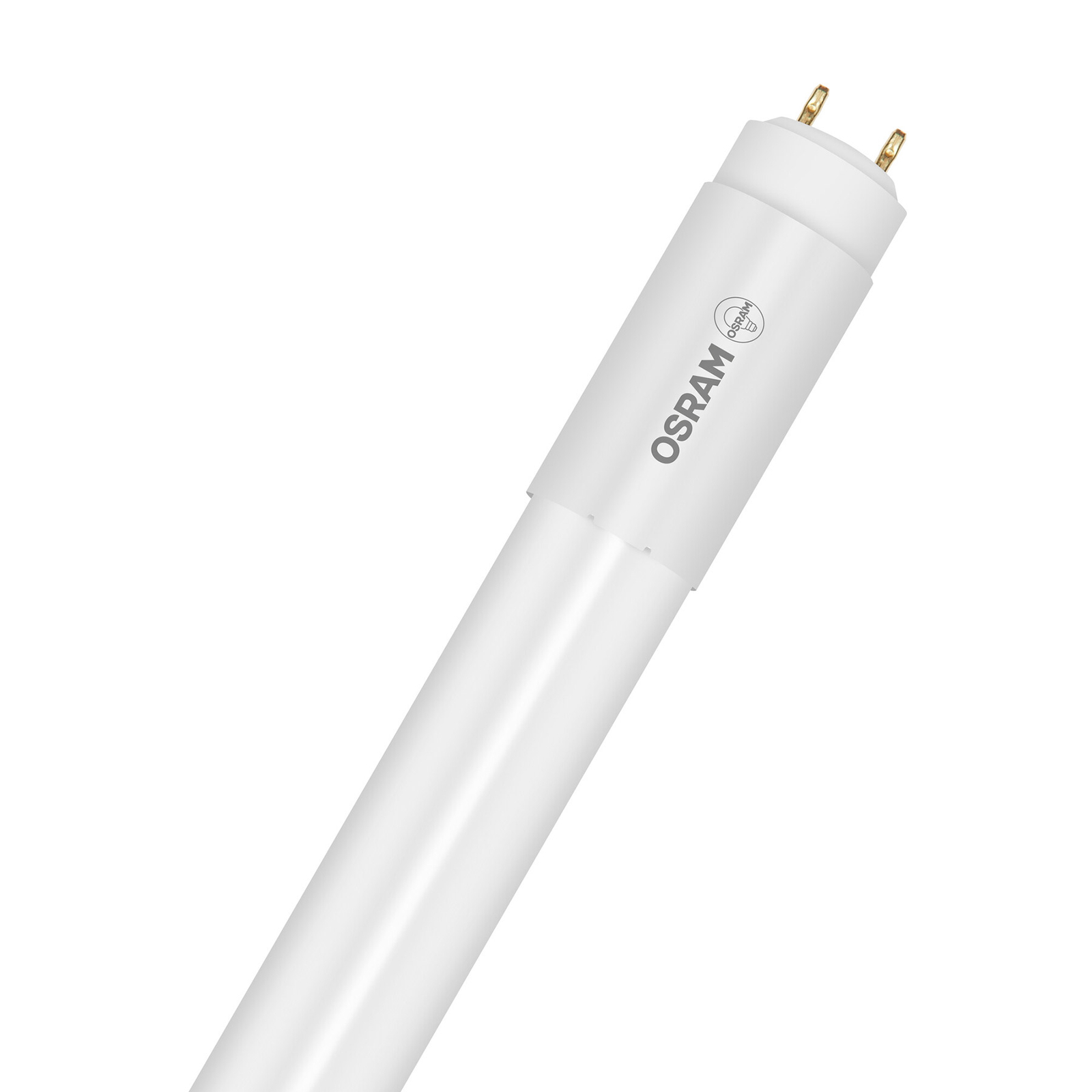
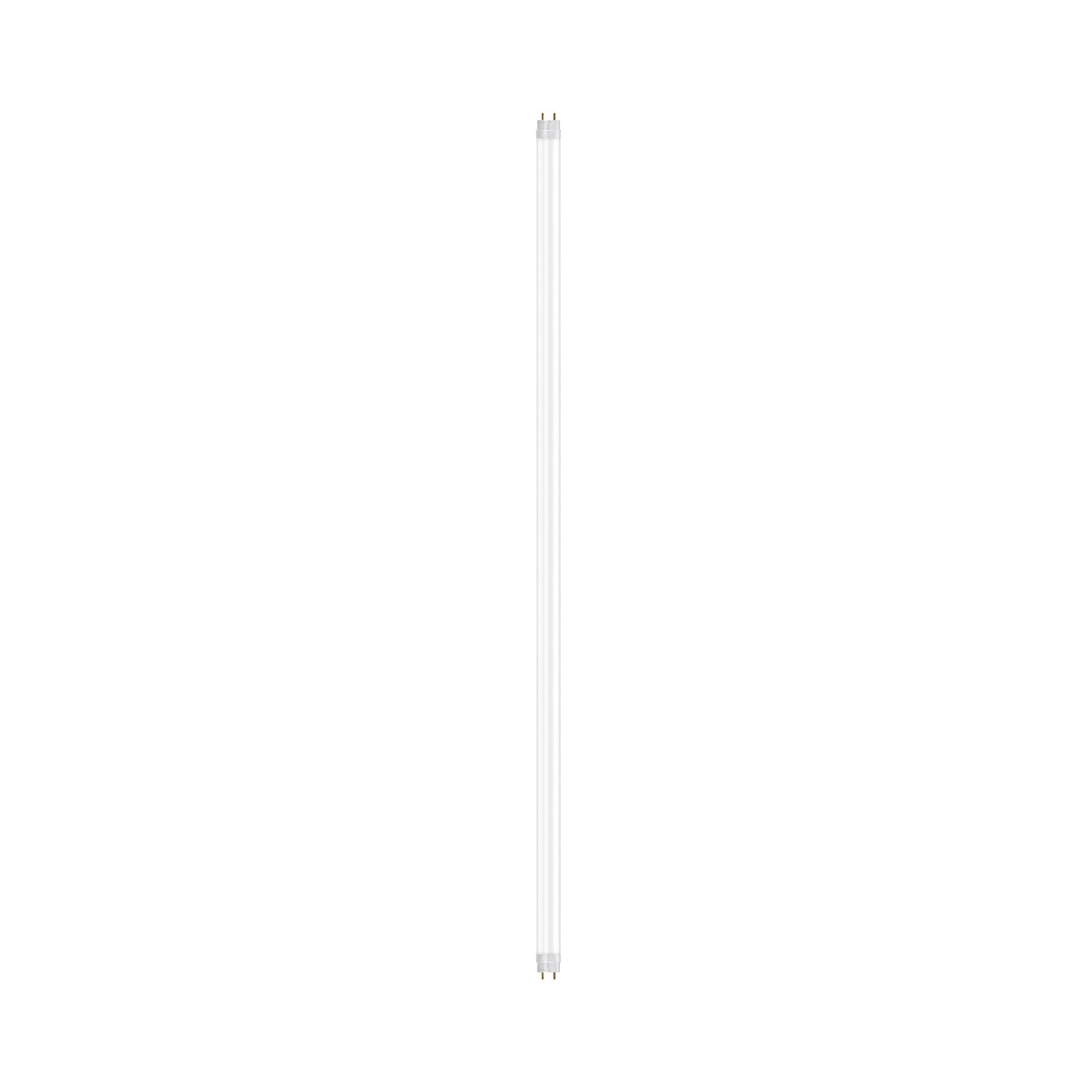
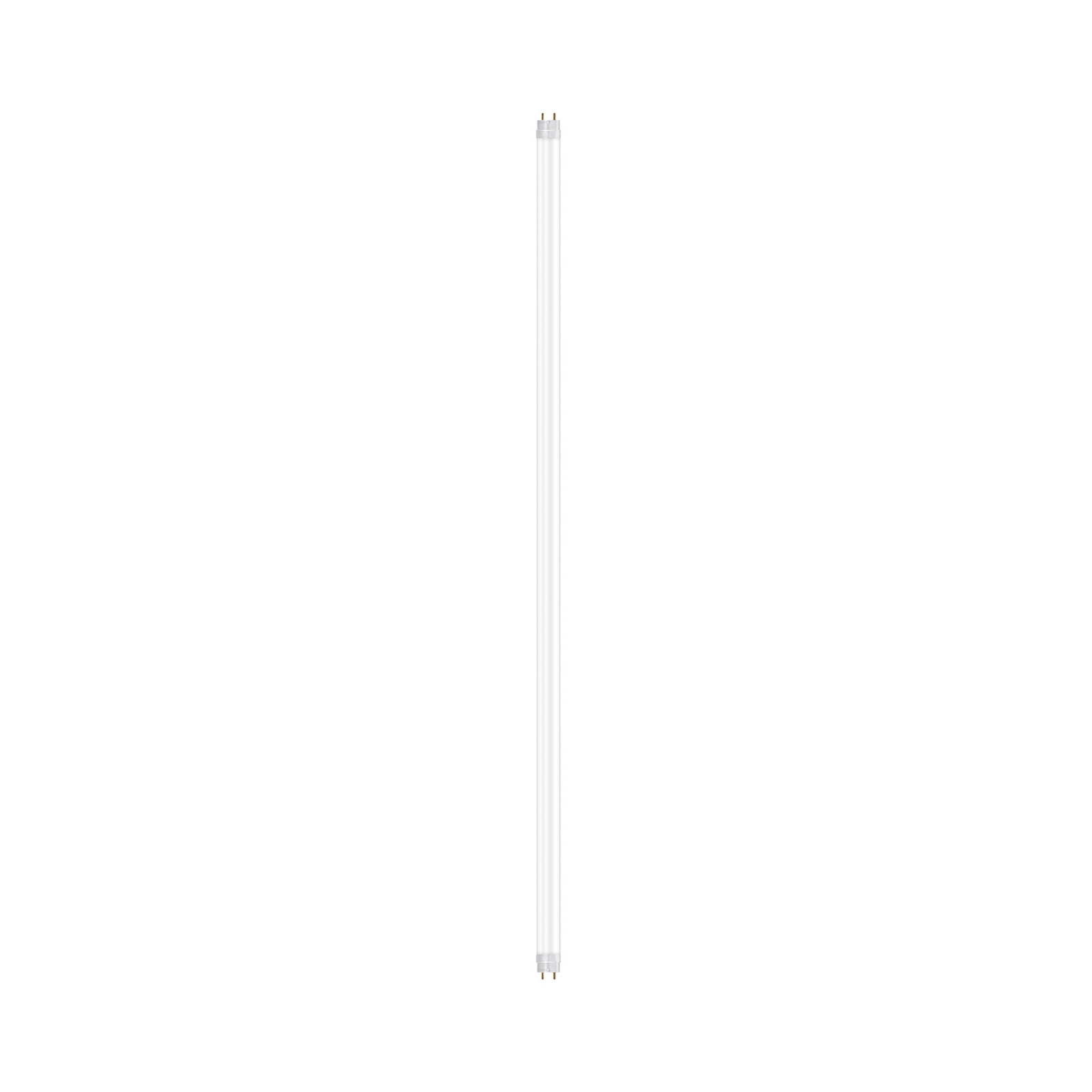
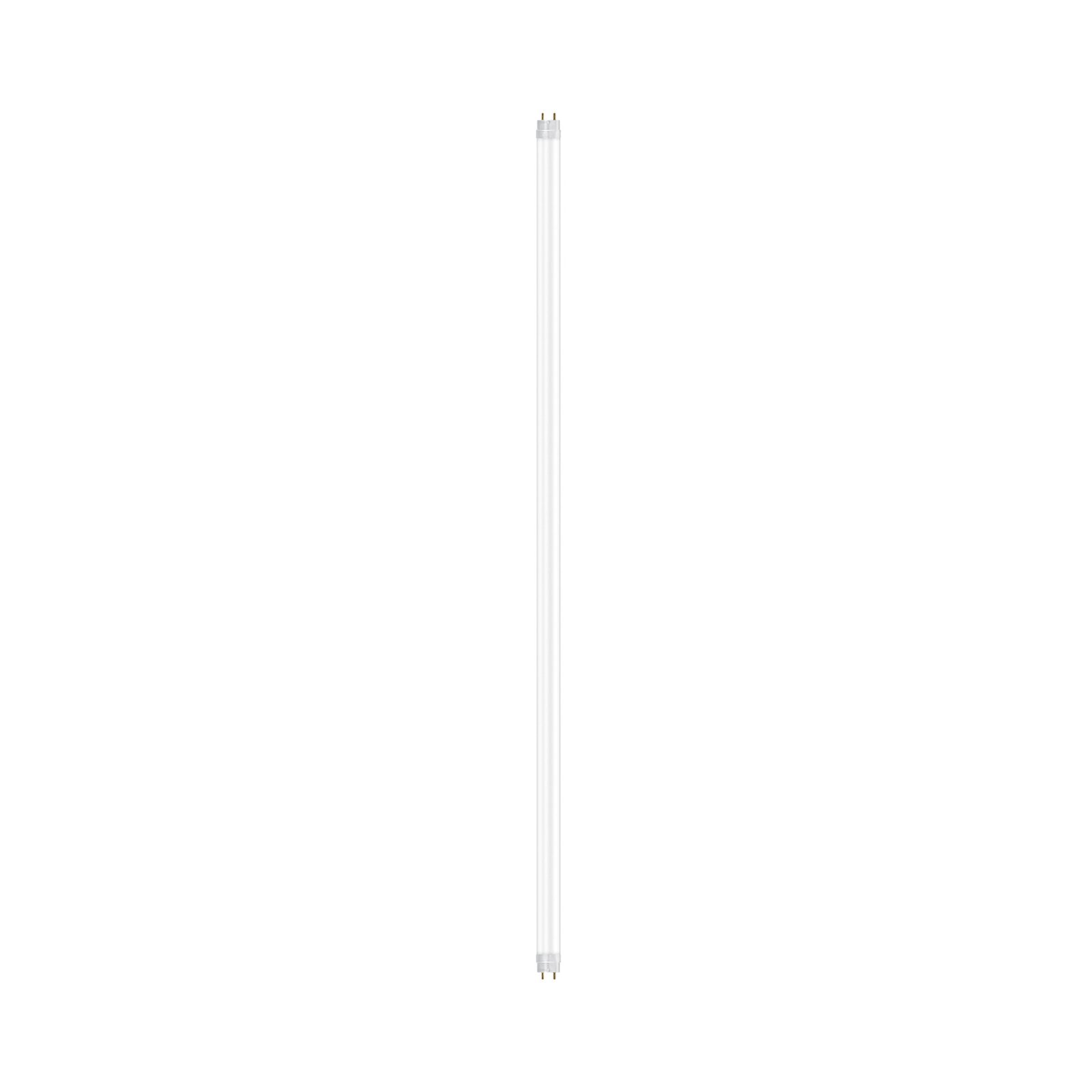


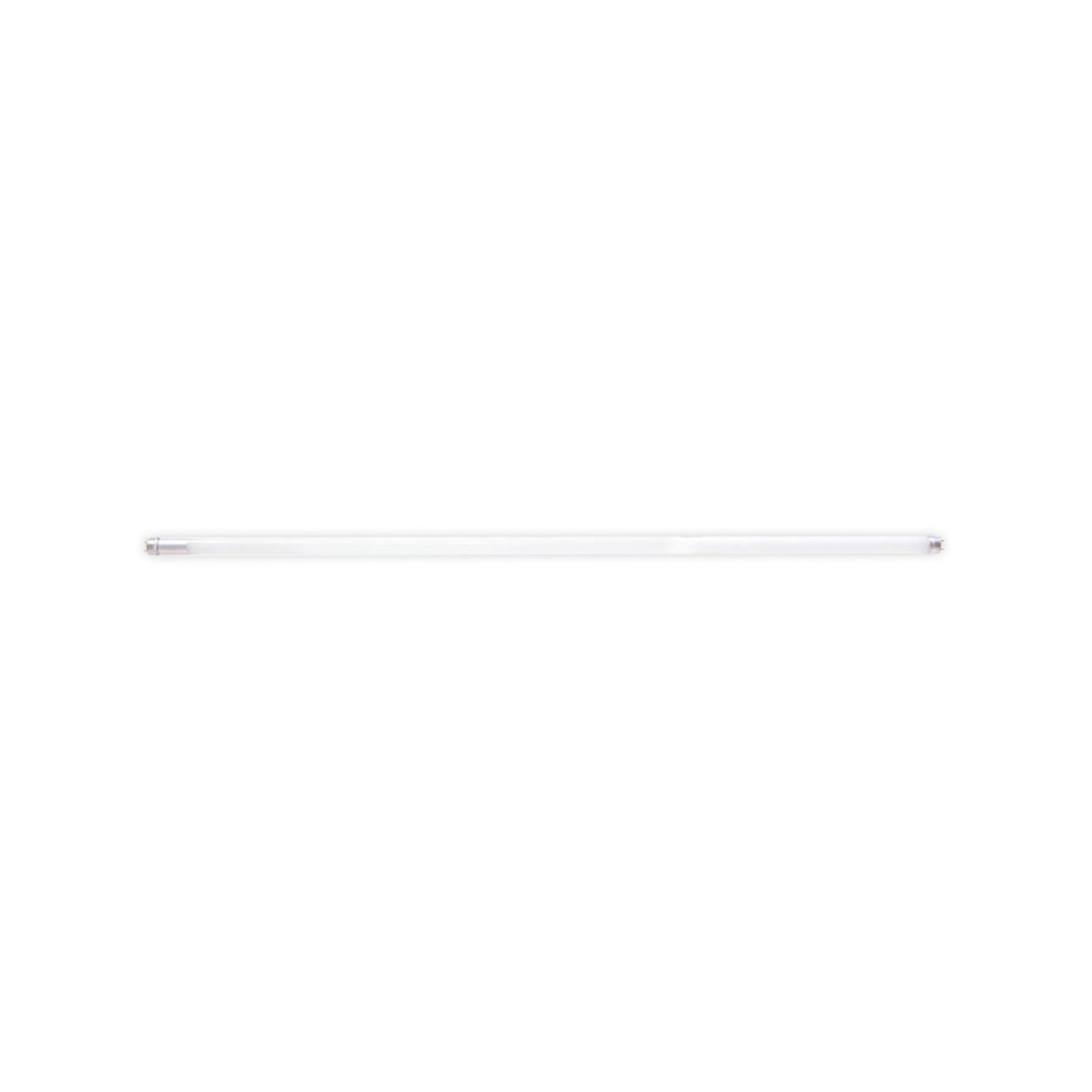



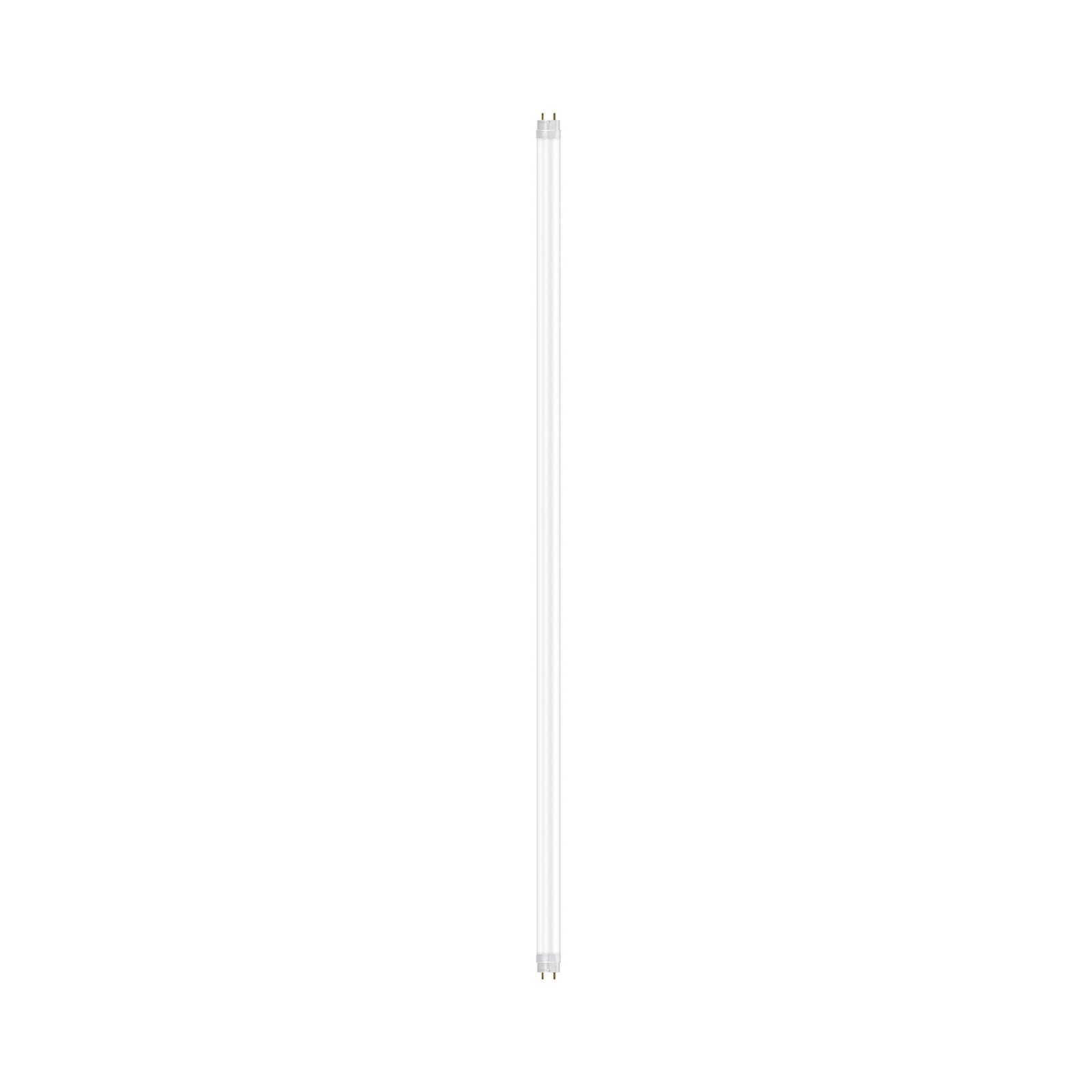

:format(jpeg))
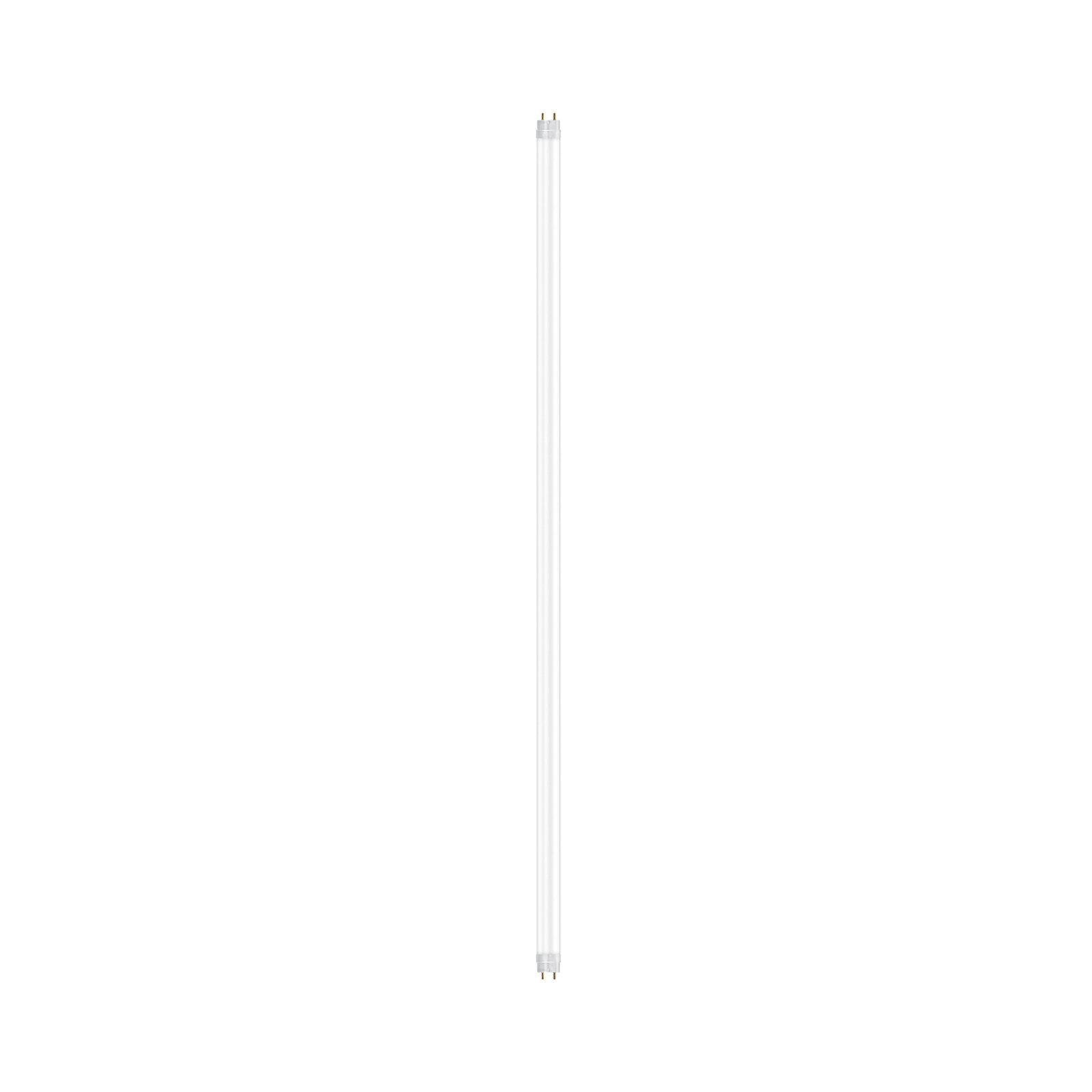
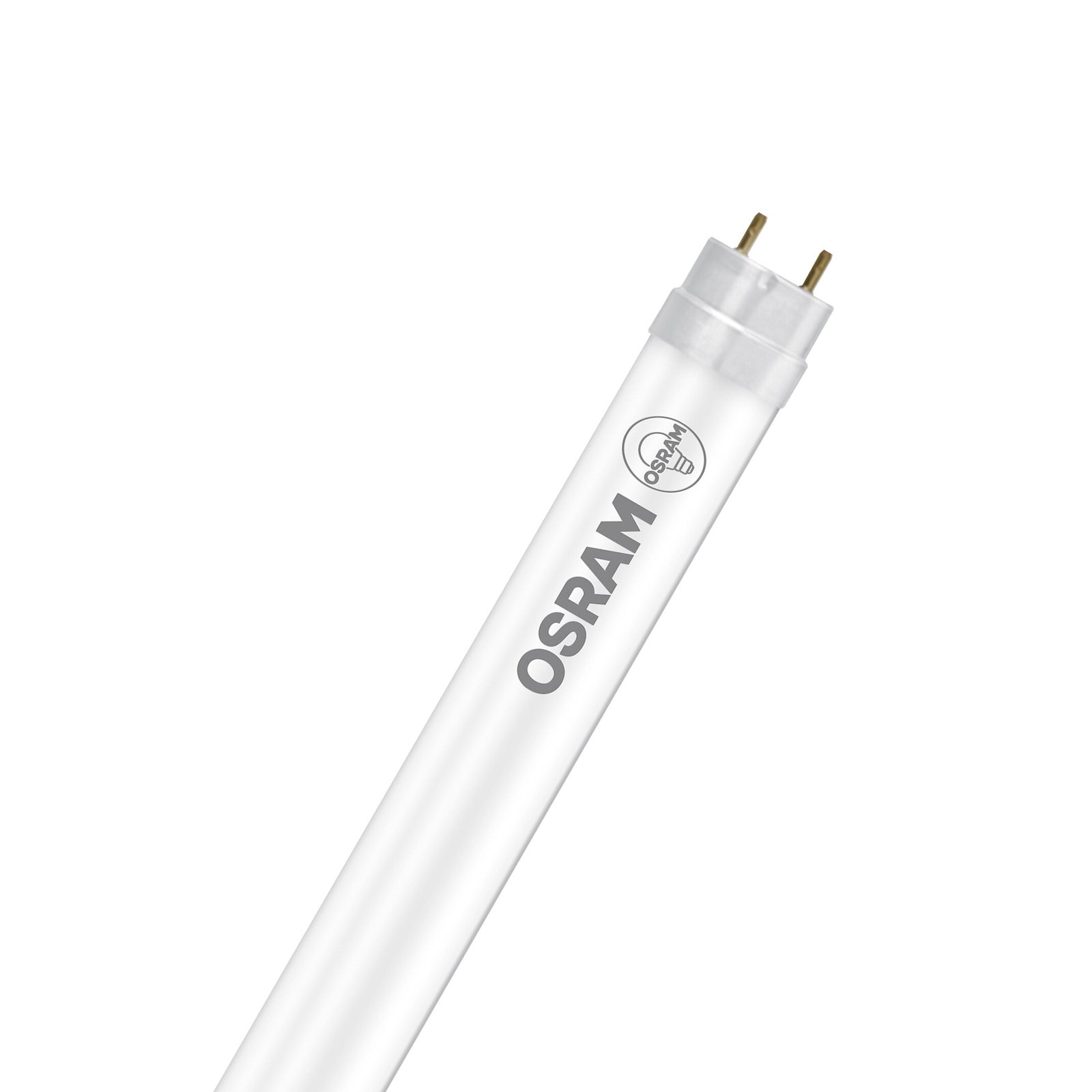
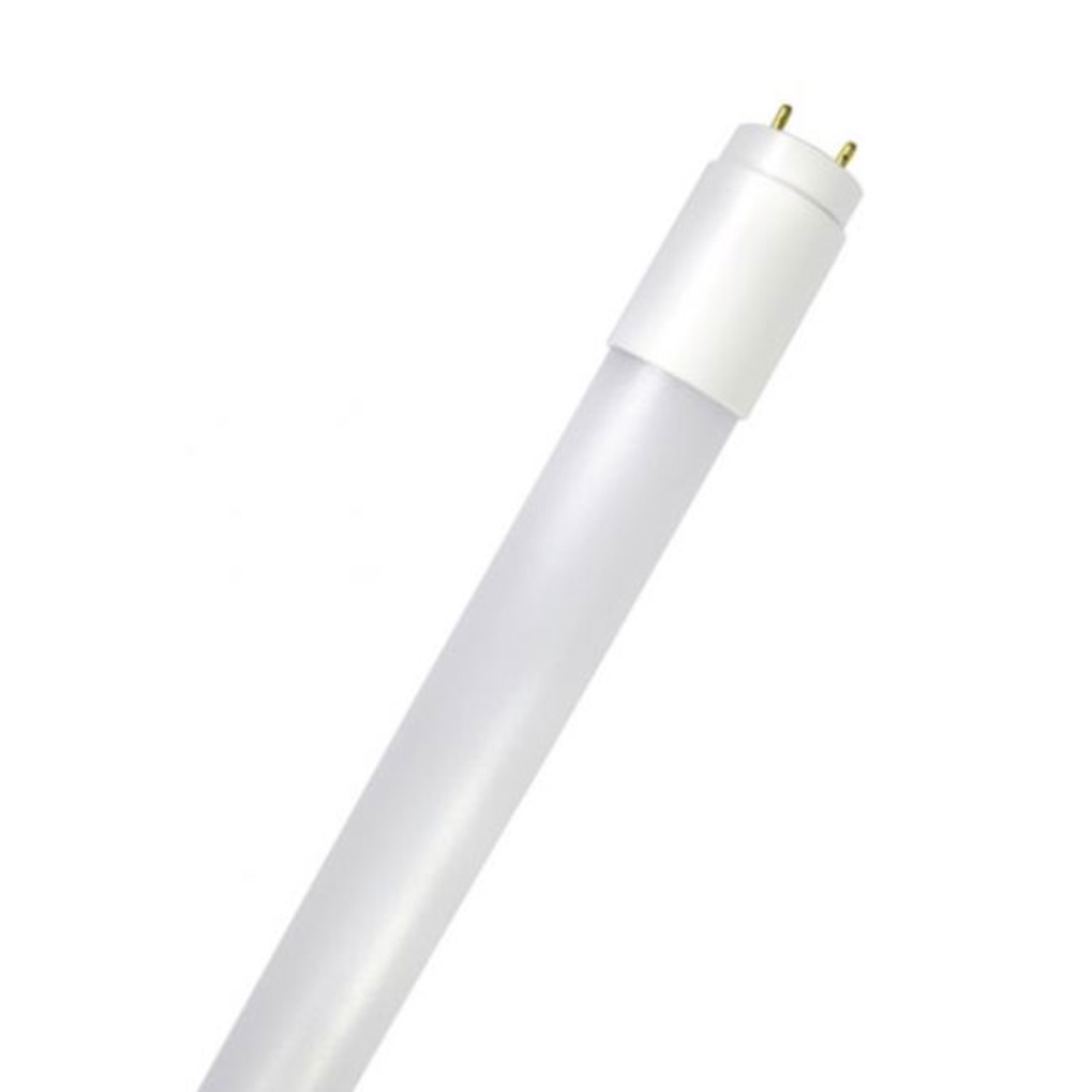
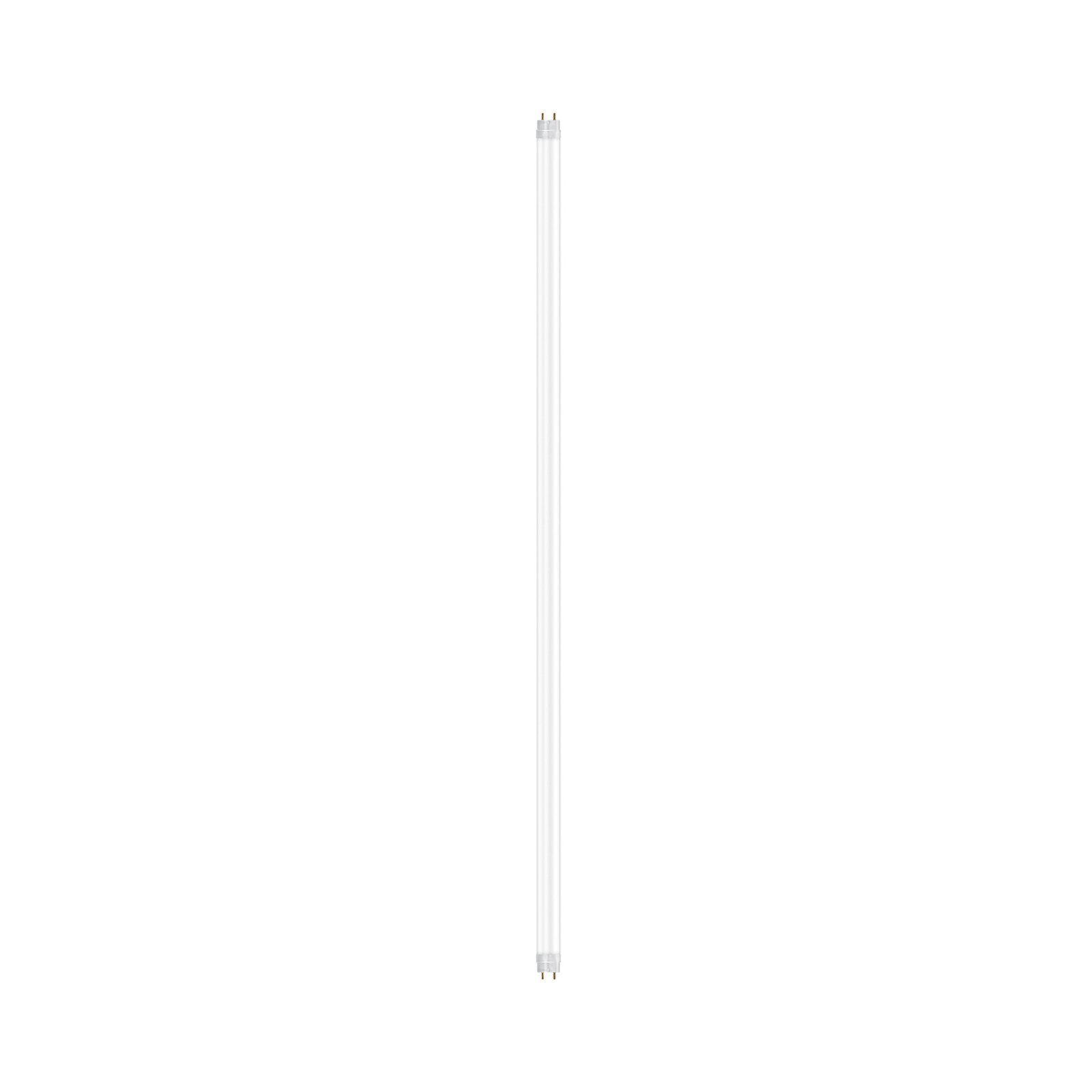
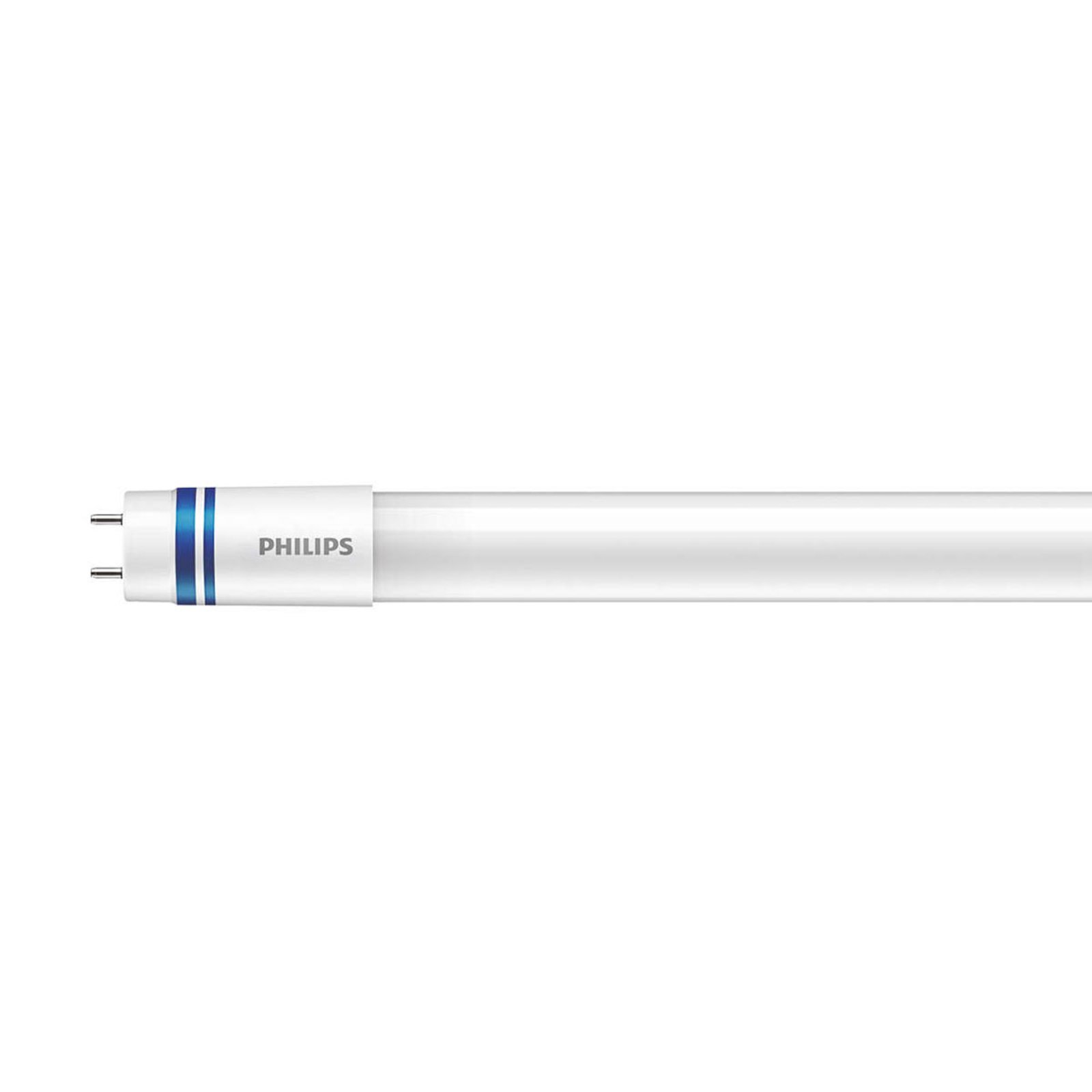
:format(jpeg))
:format(jpeg))
:format(jpeg))
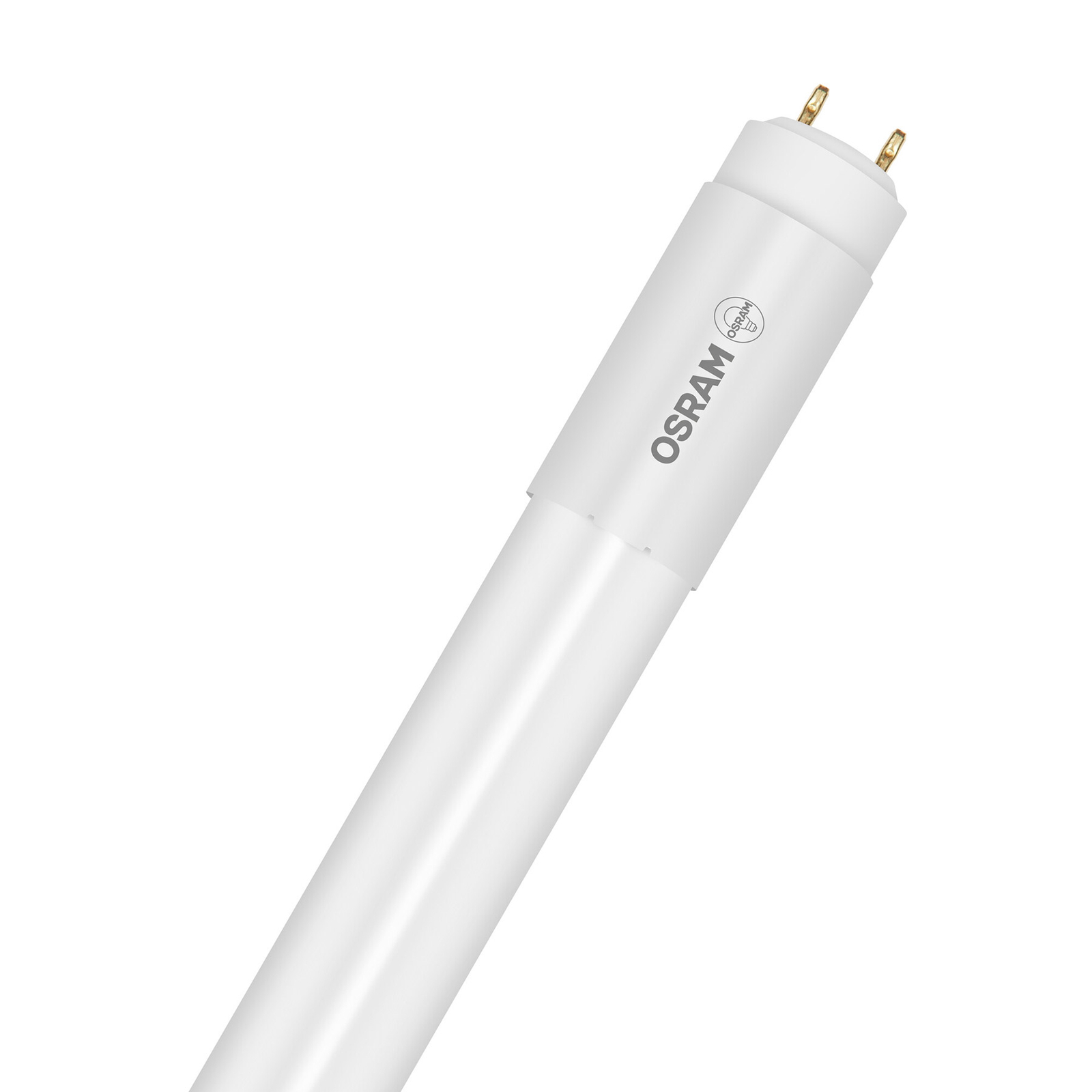

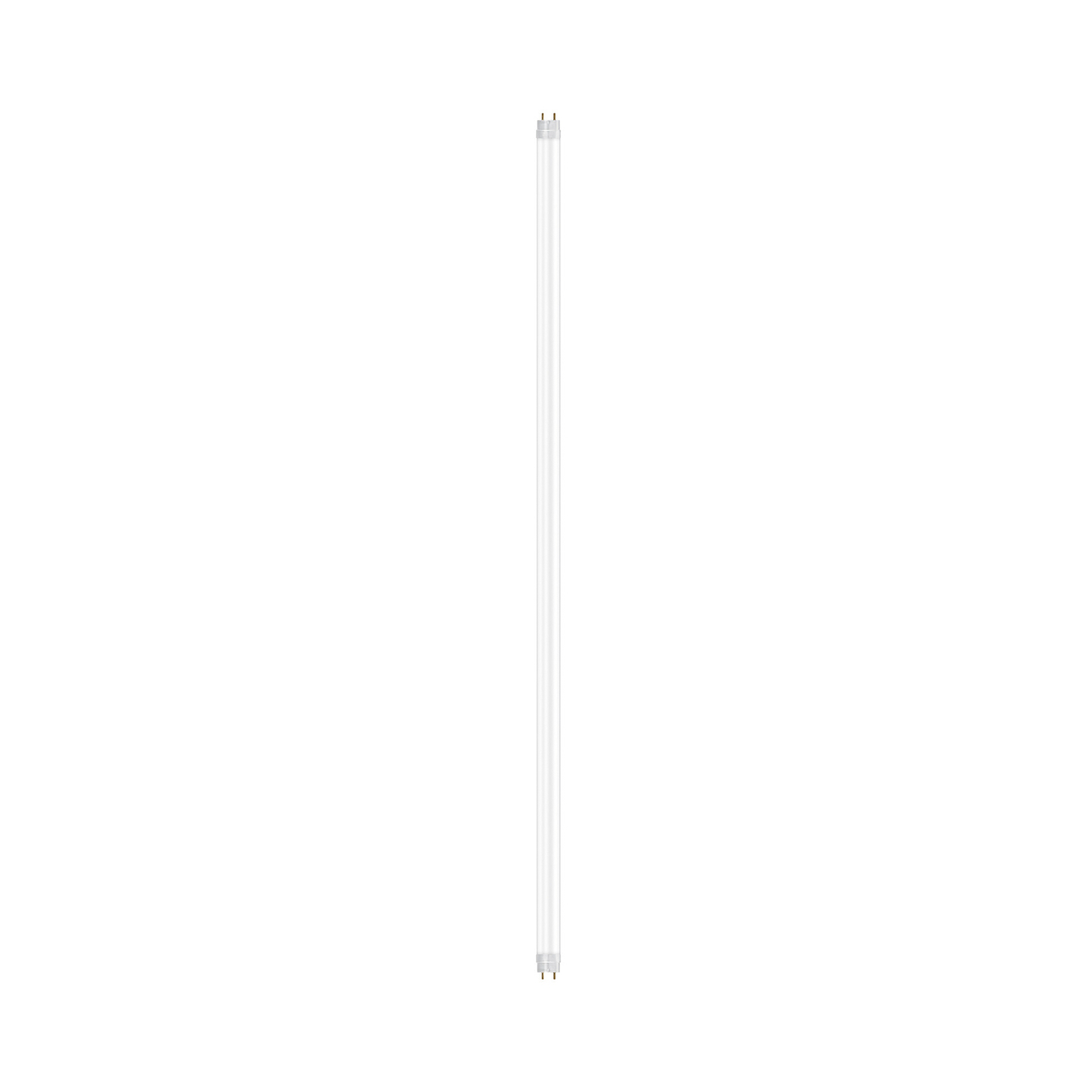
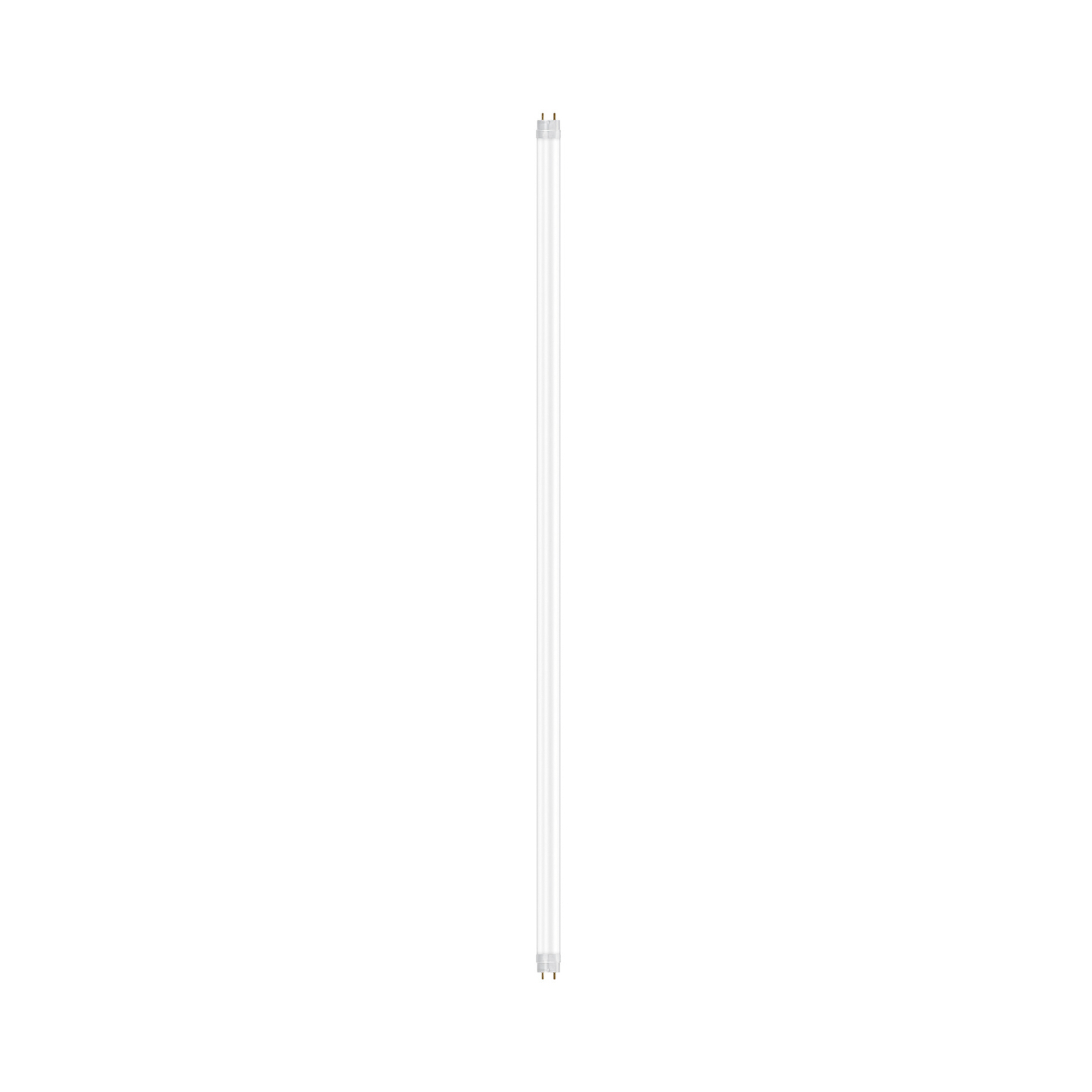
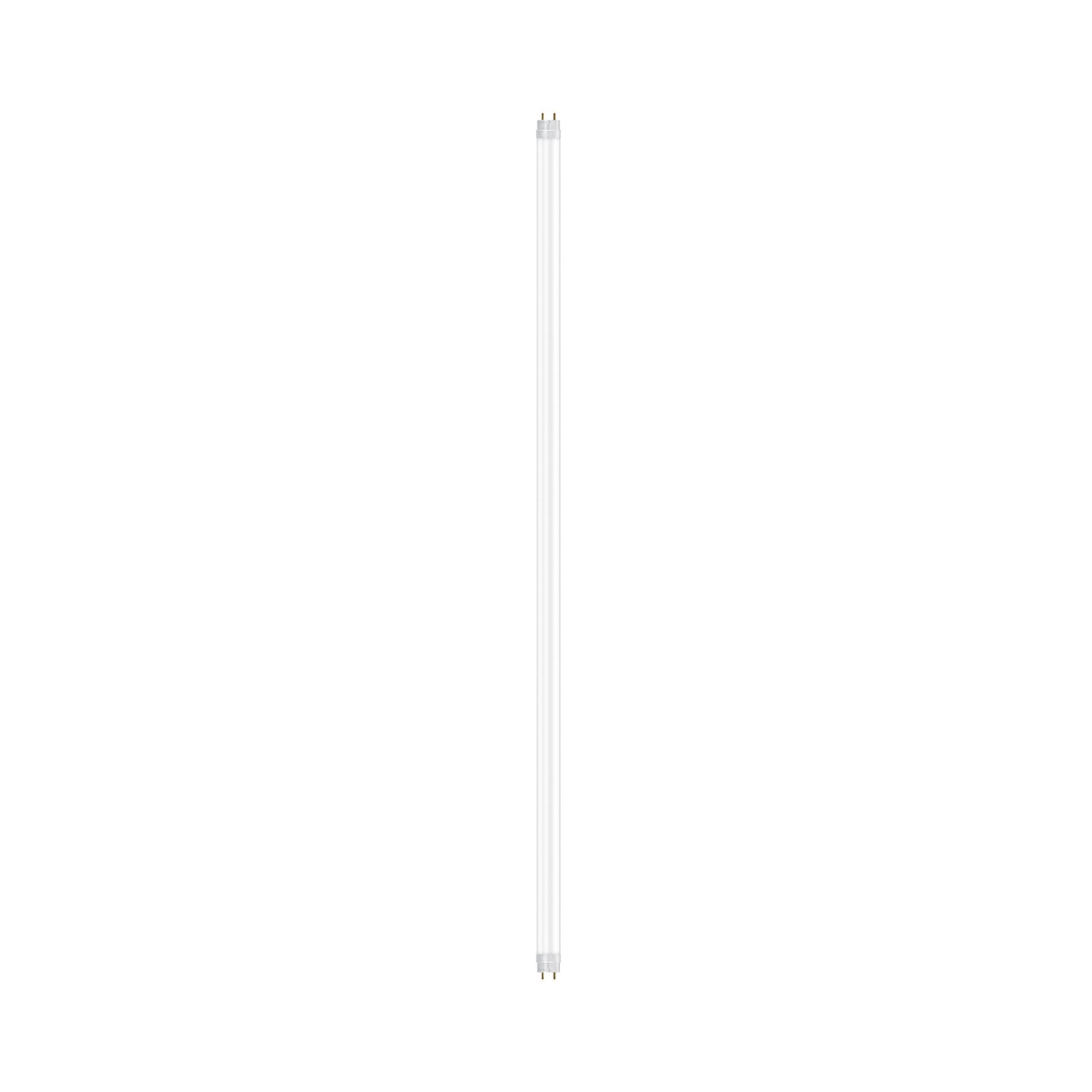


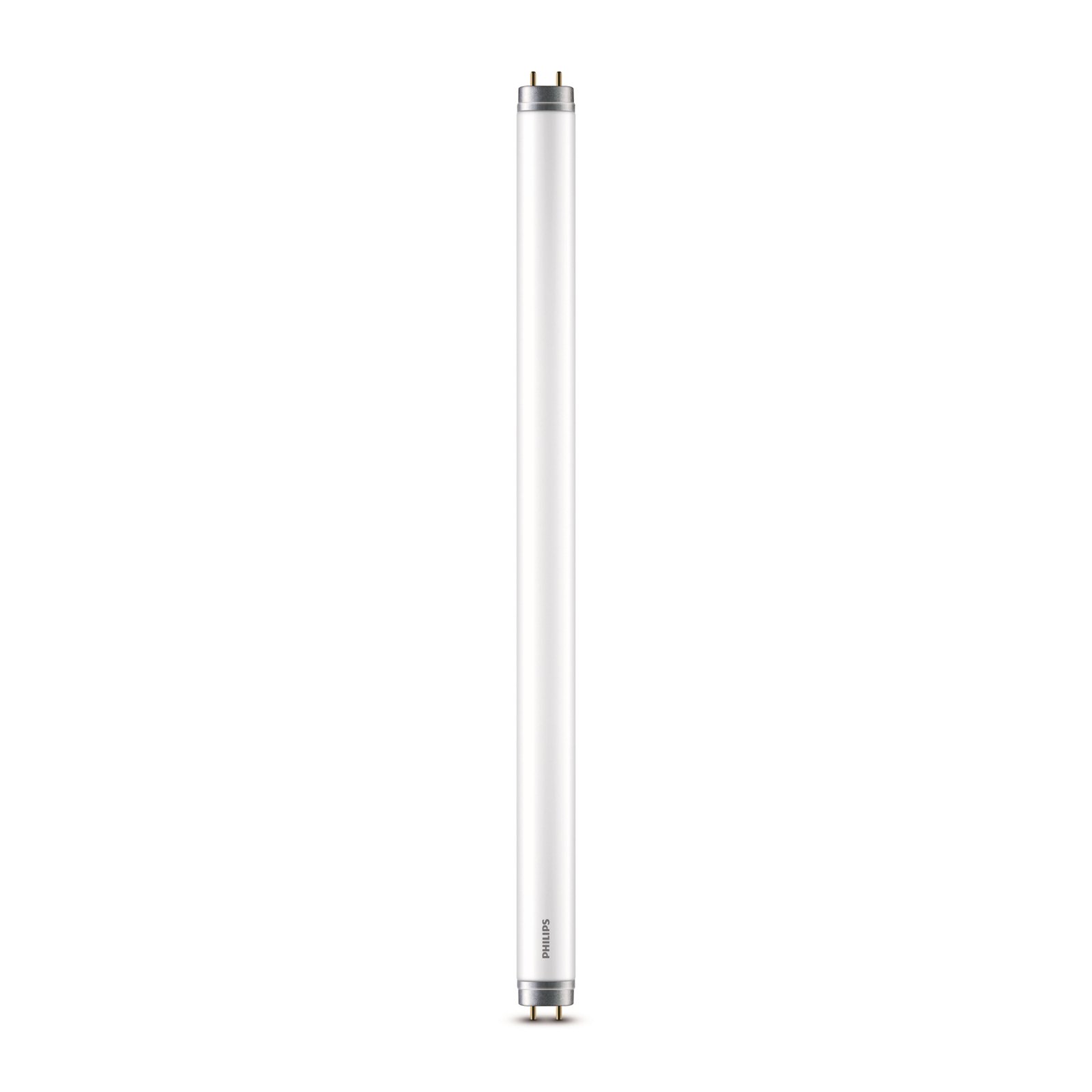
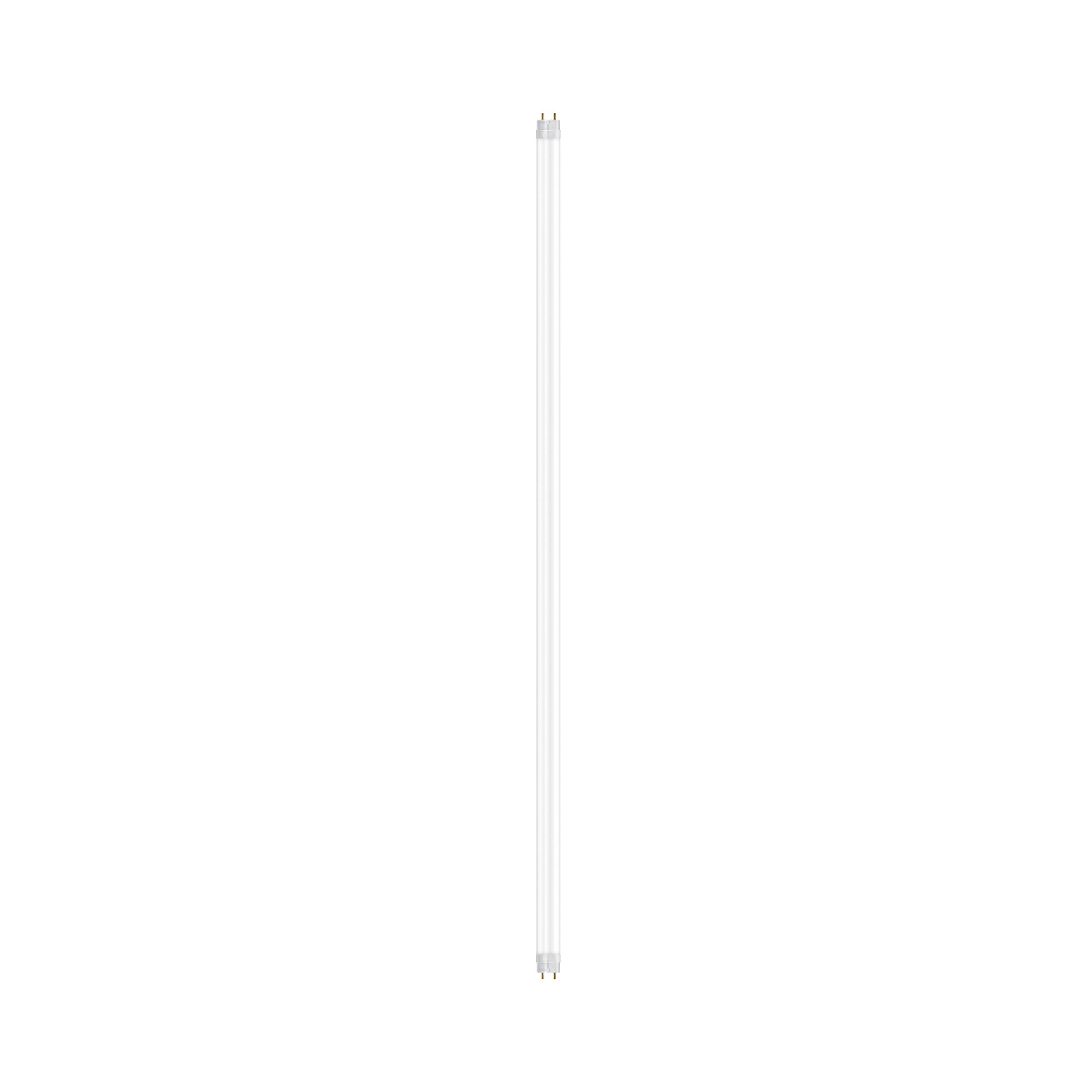

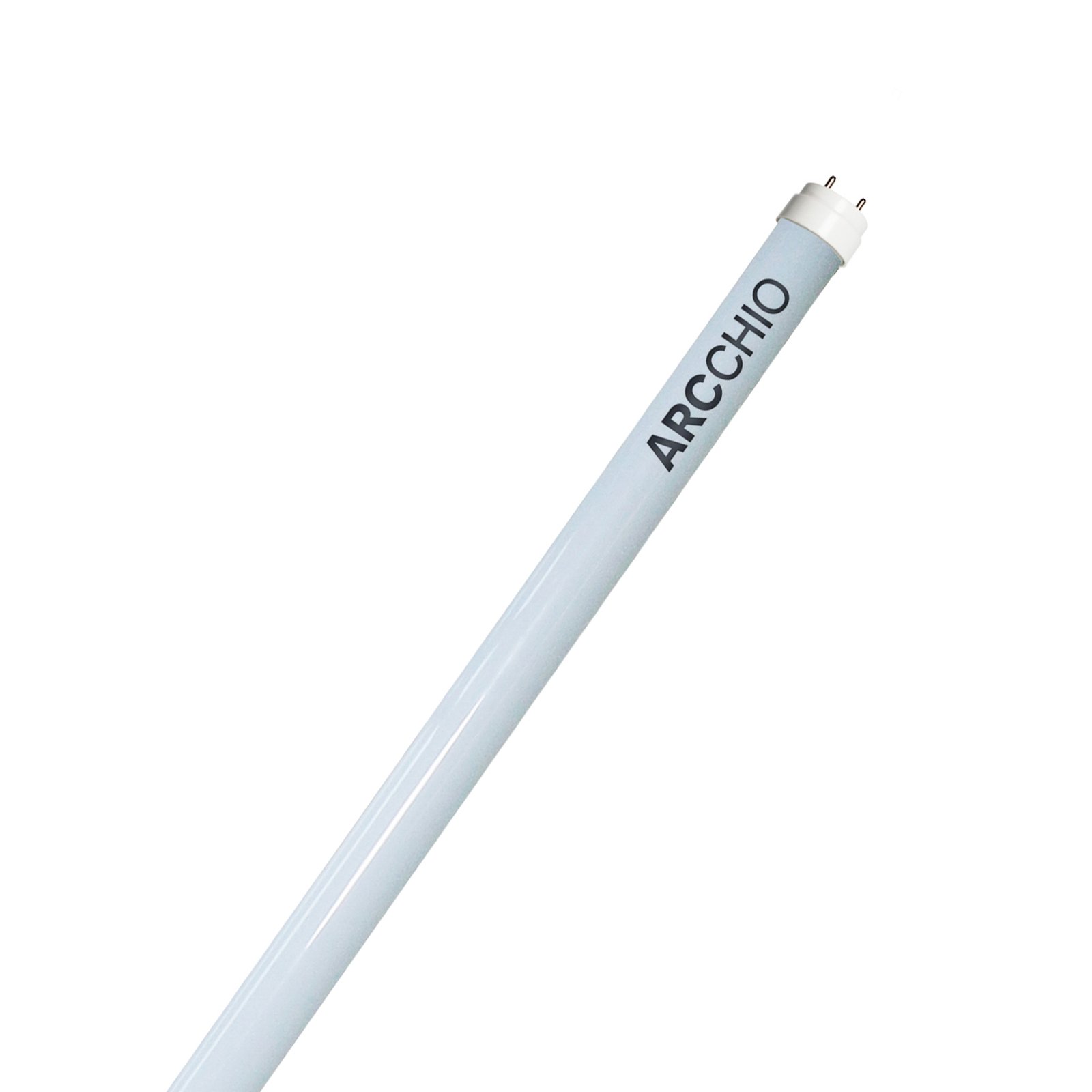
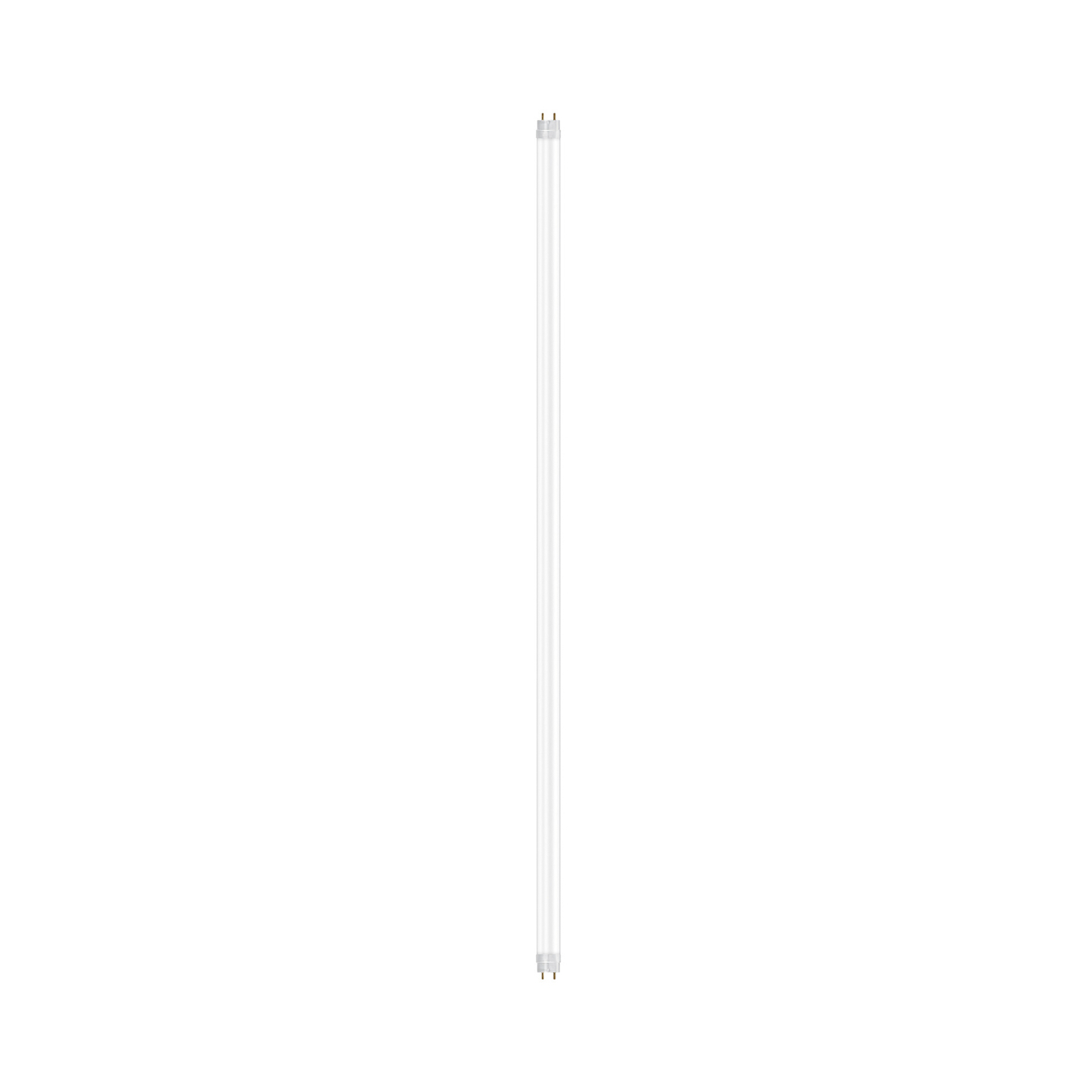
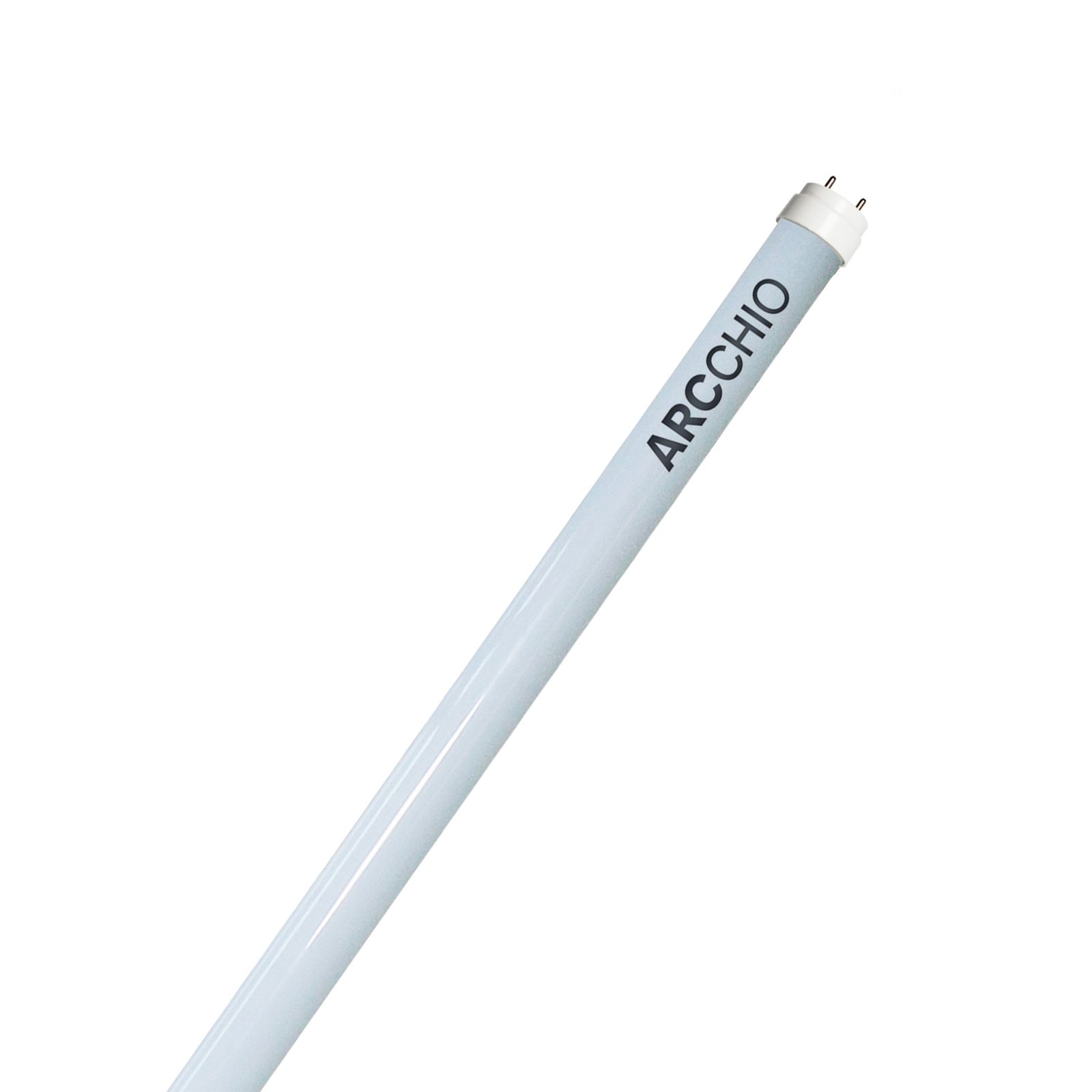
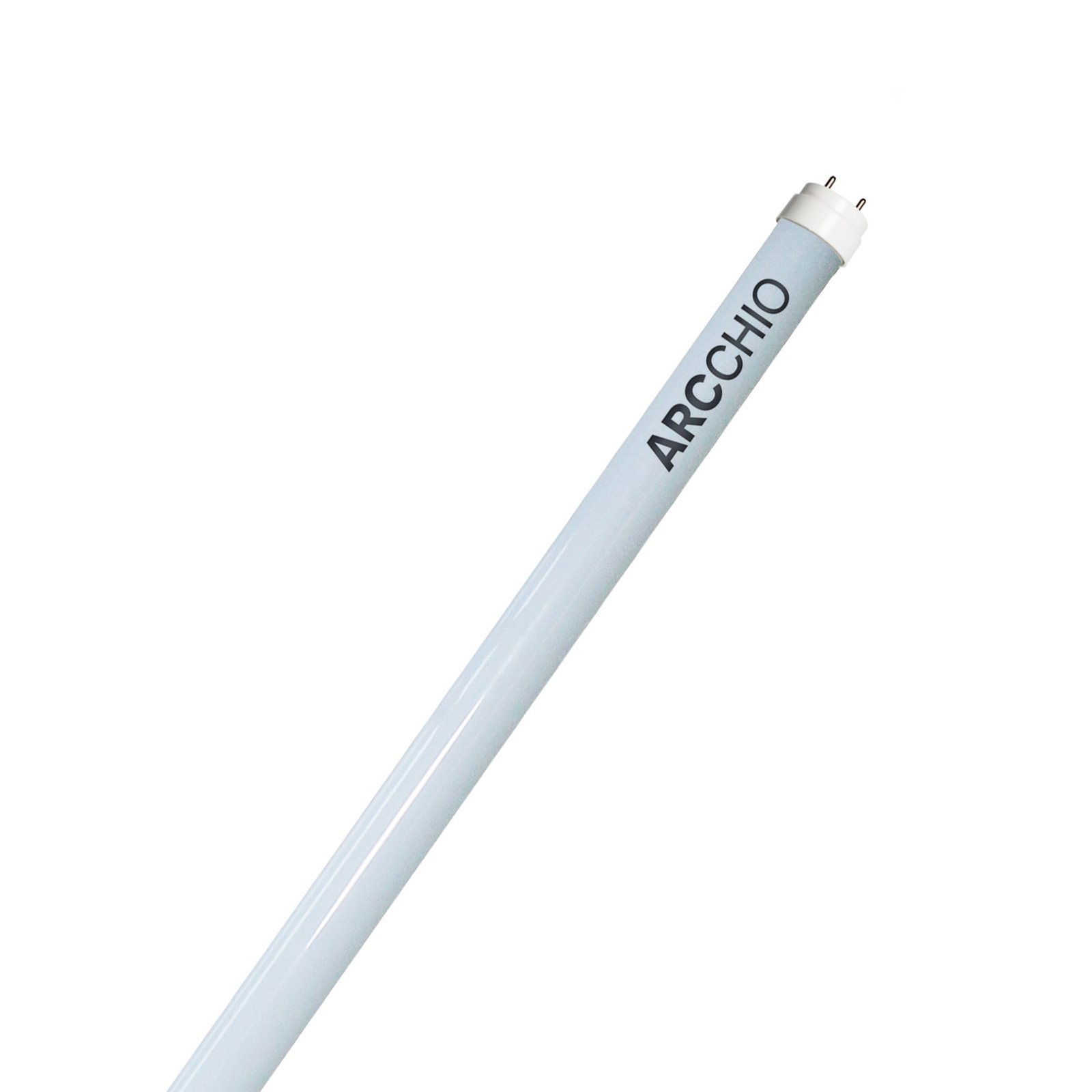
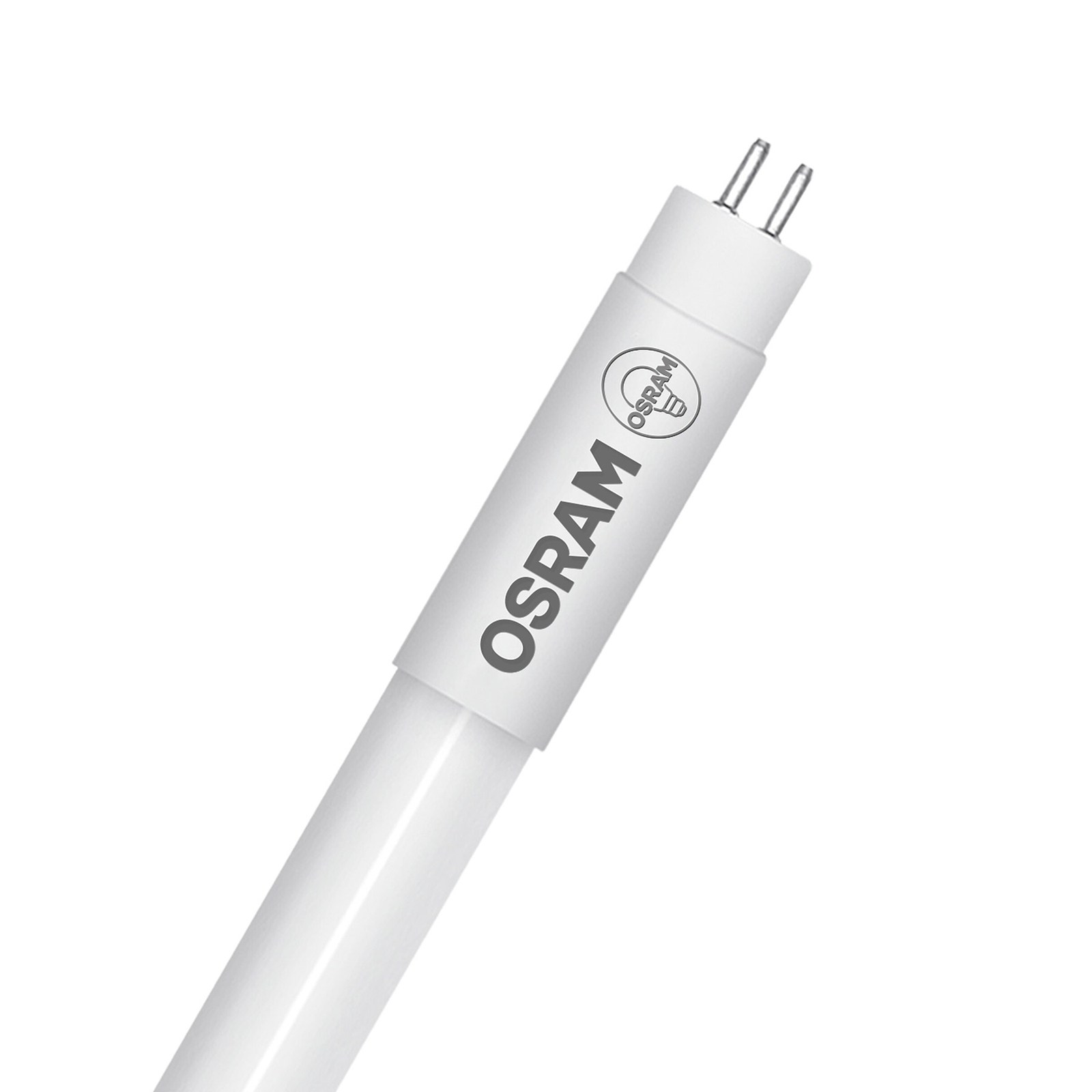
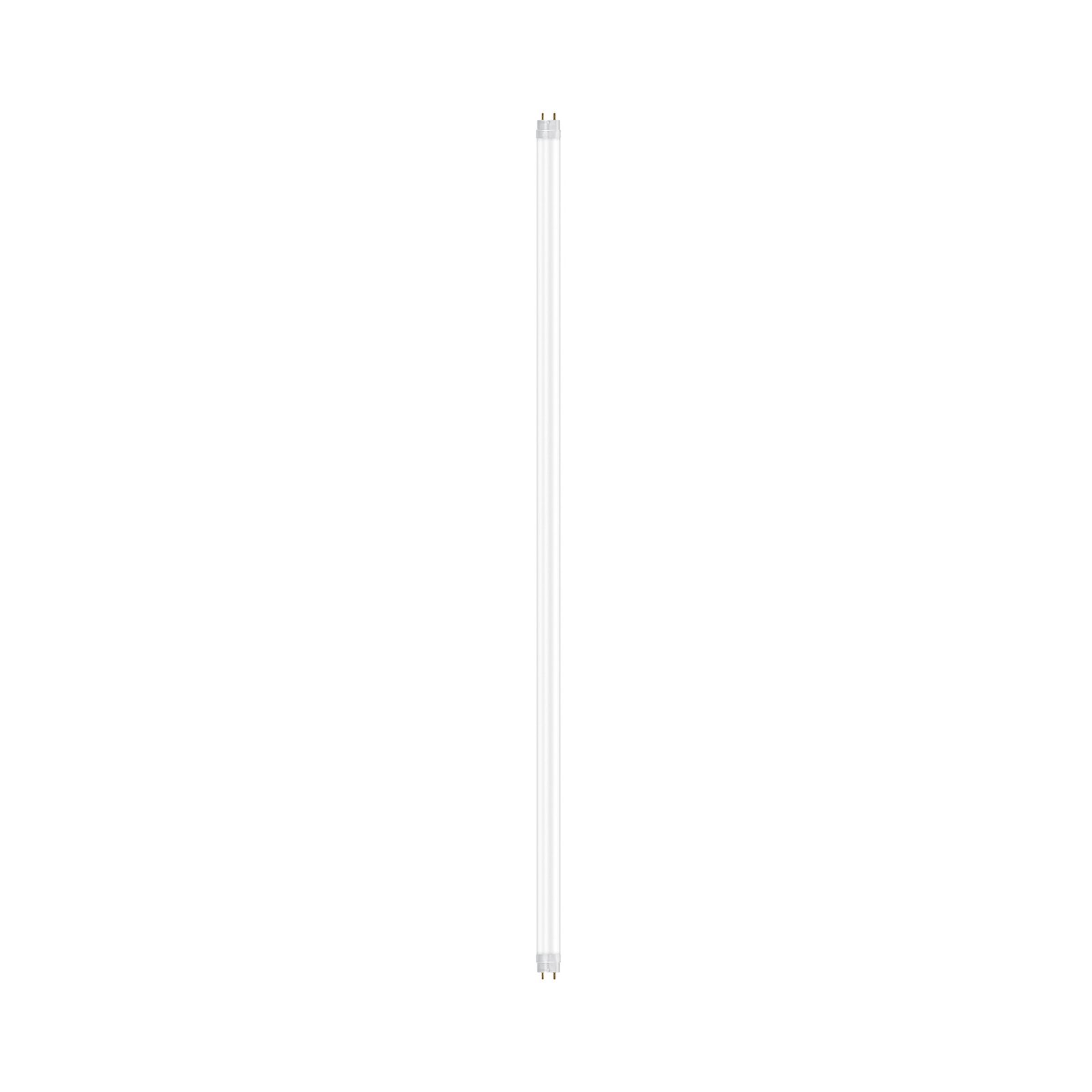
:format(jpeg))

